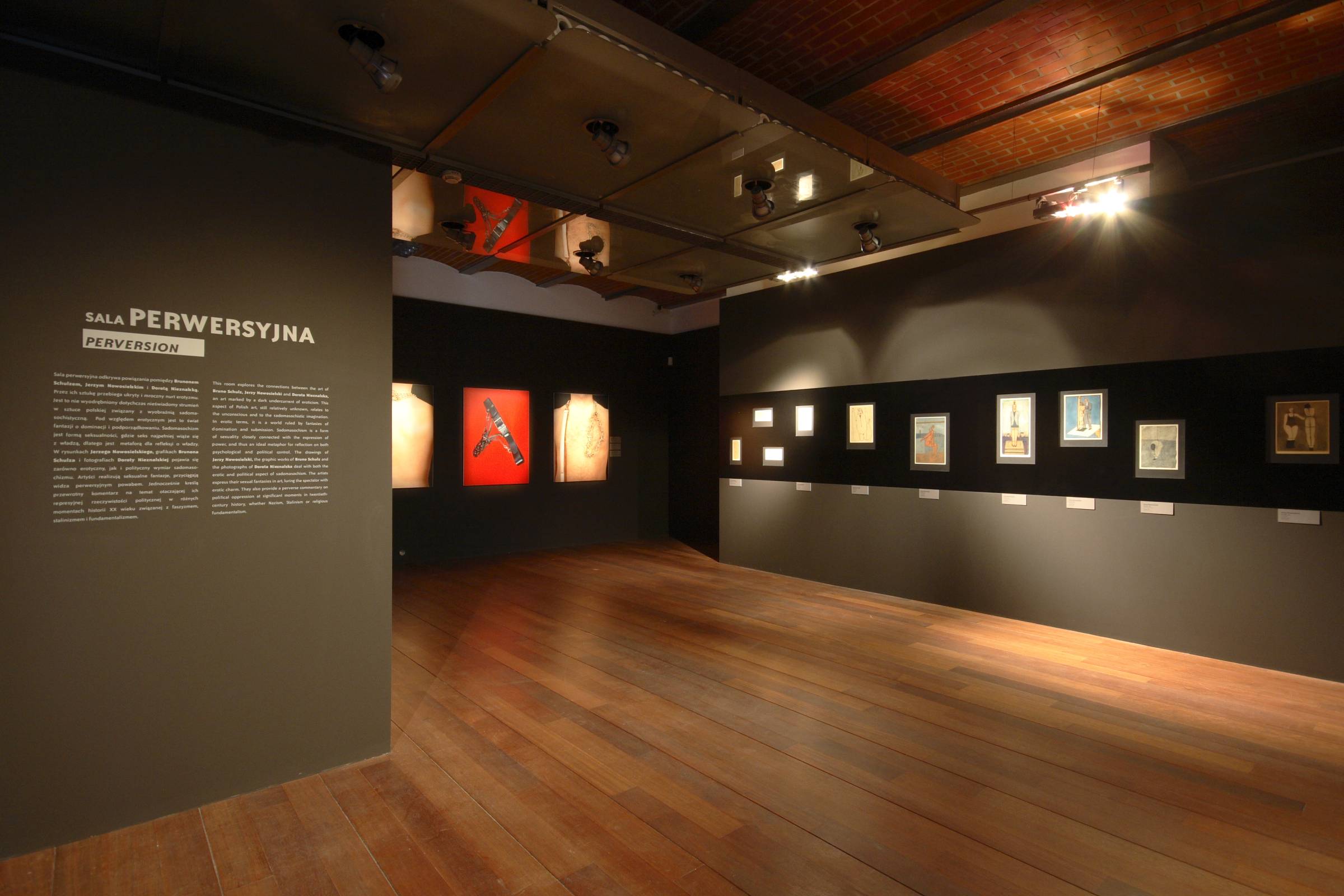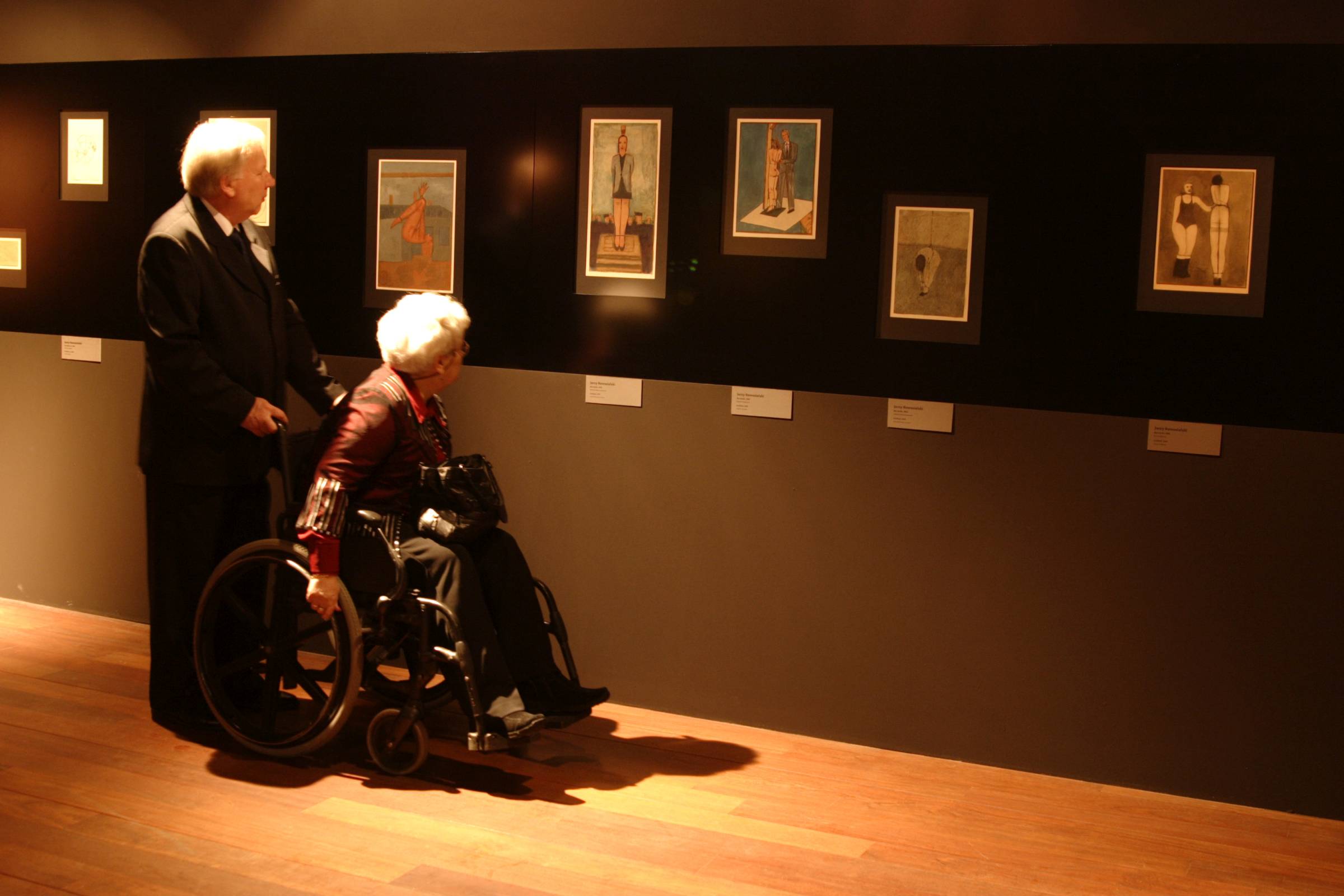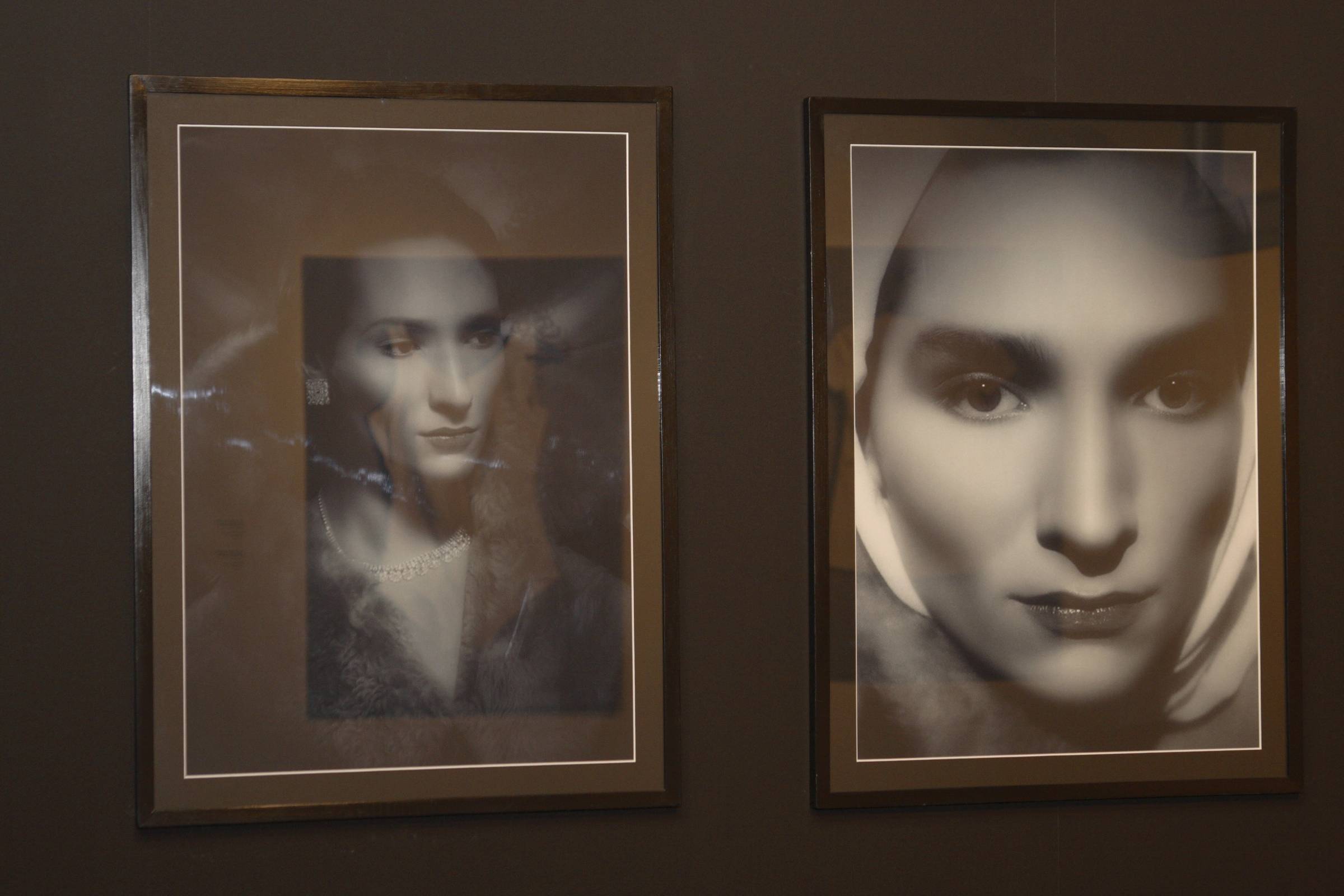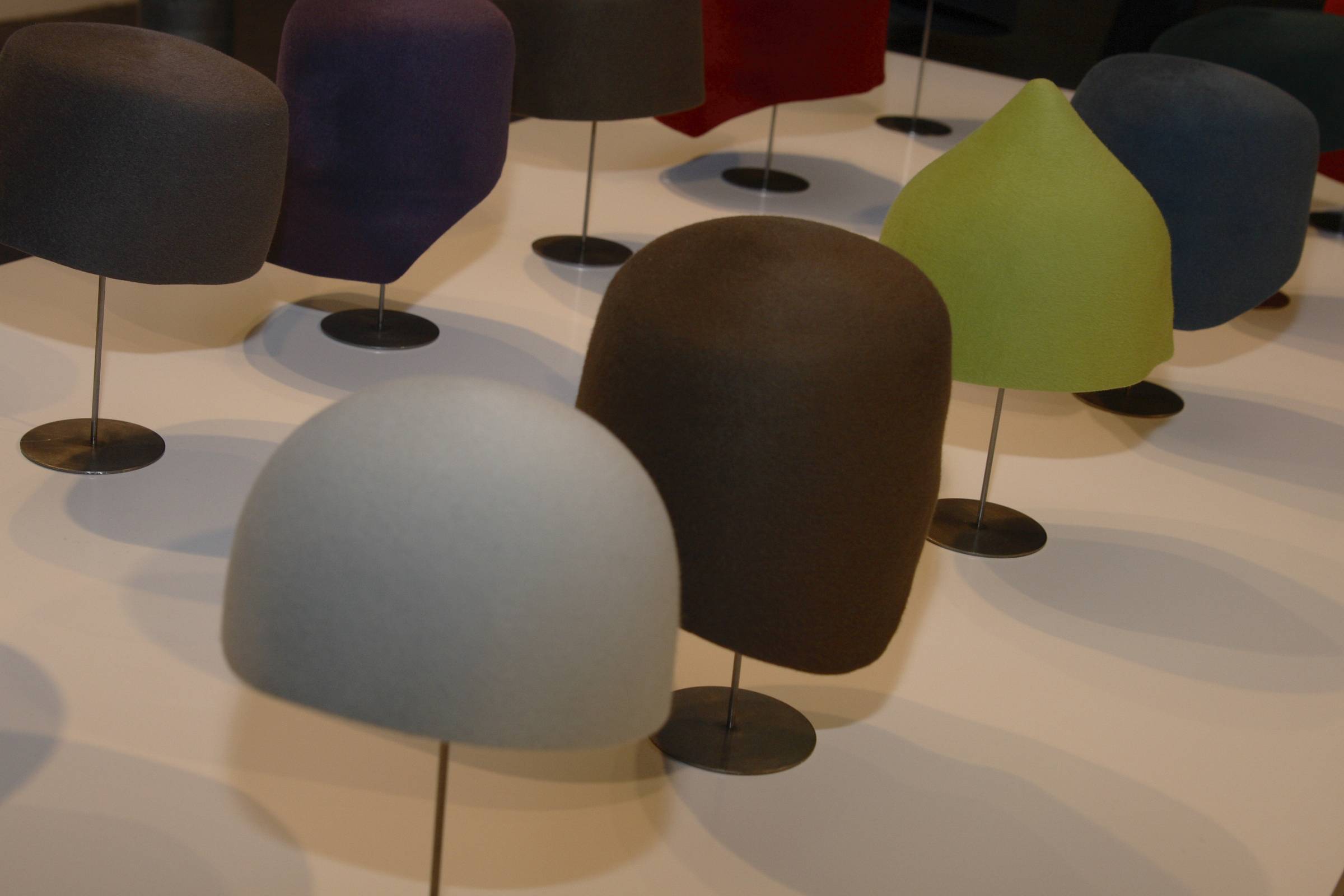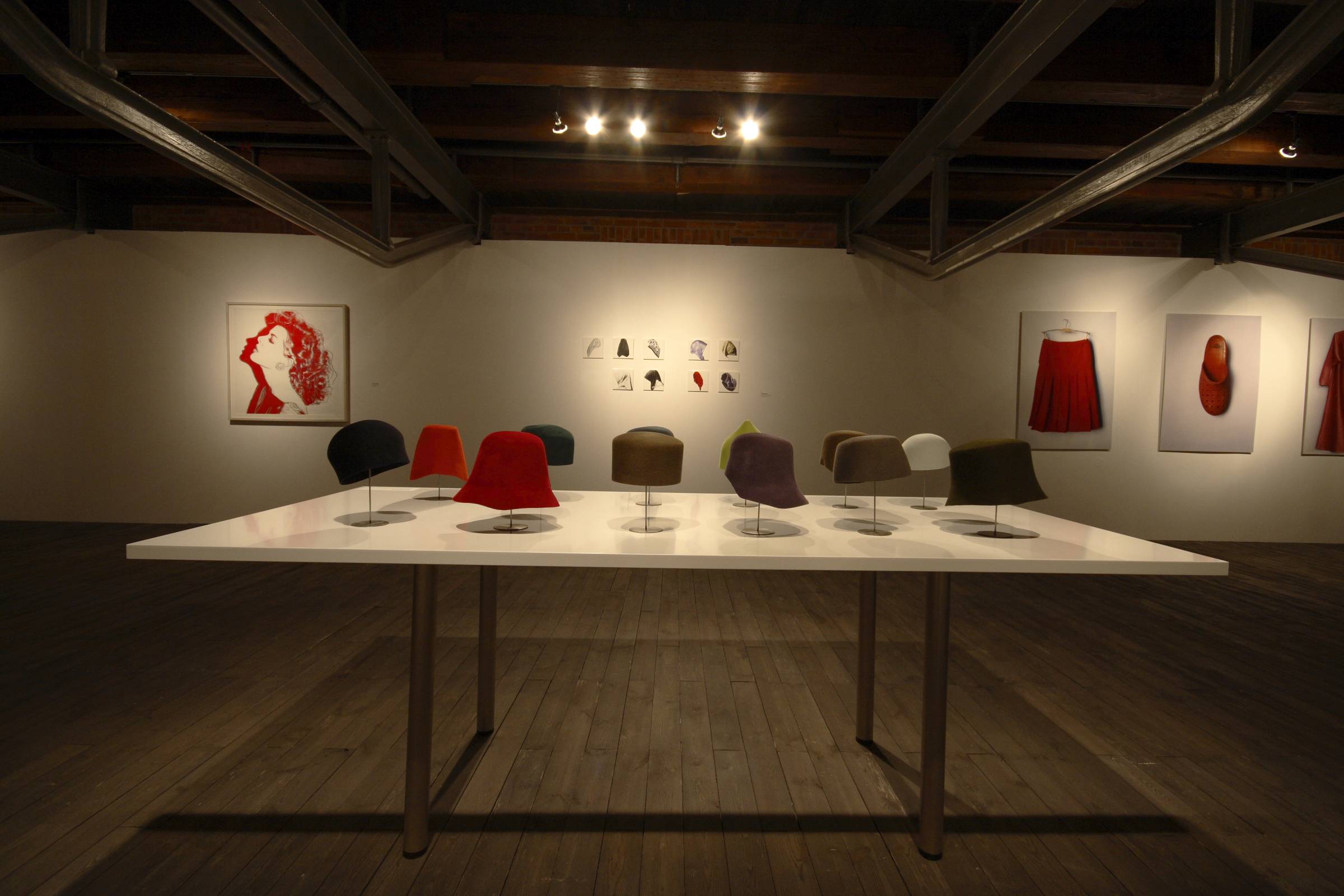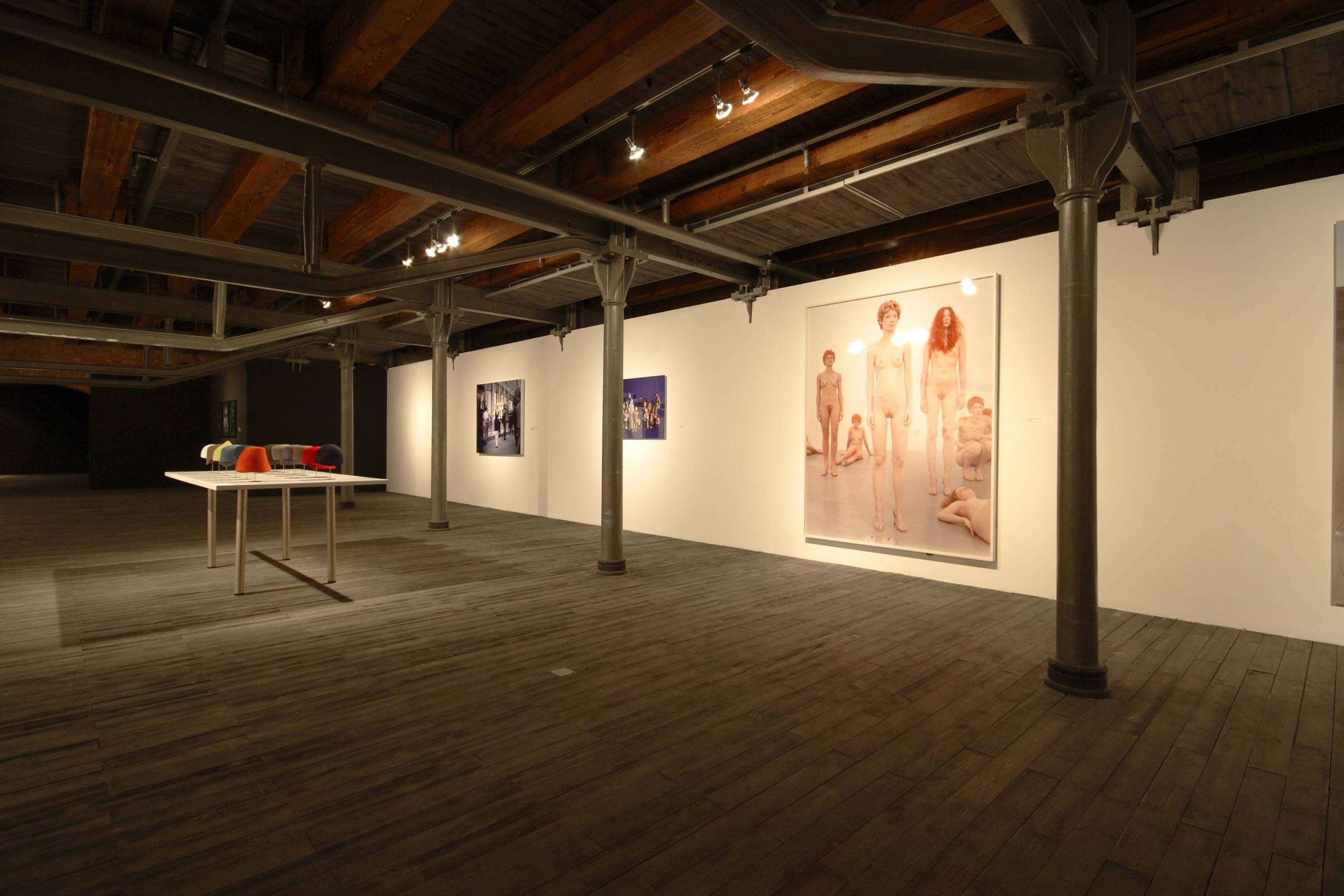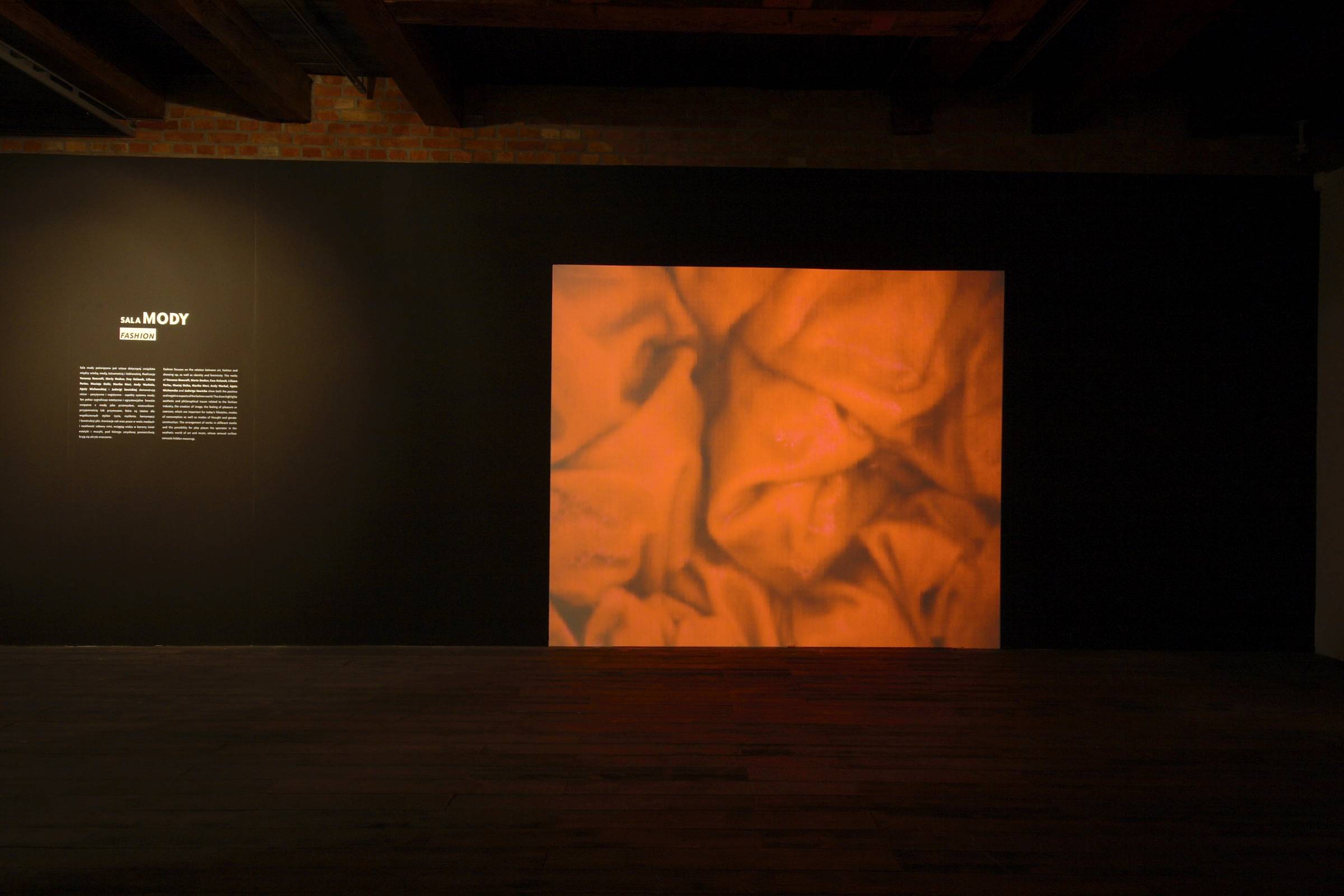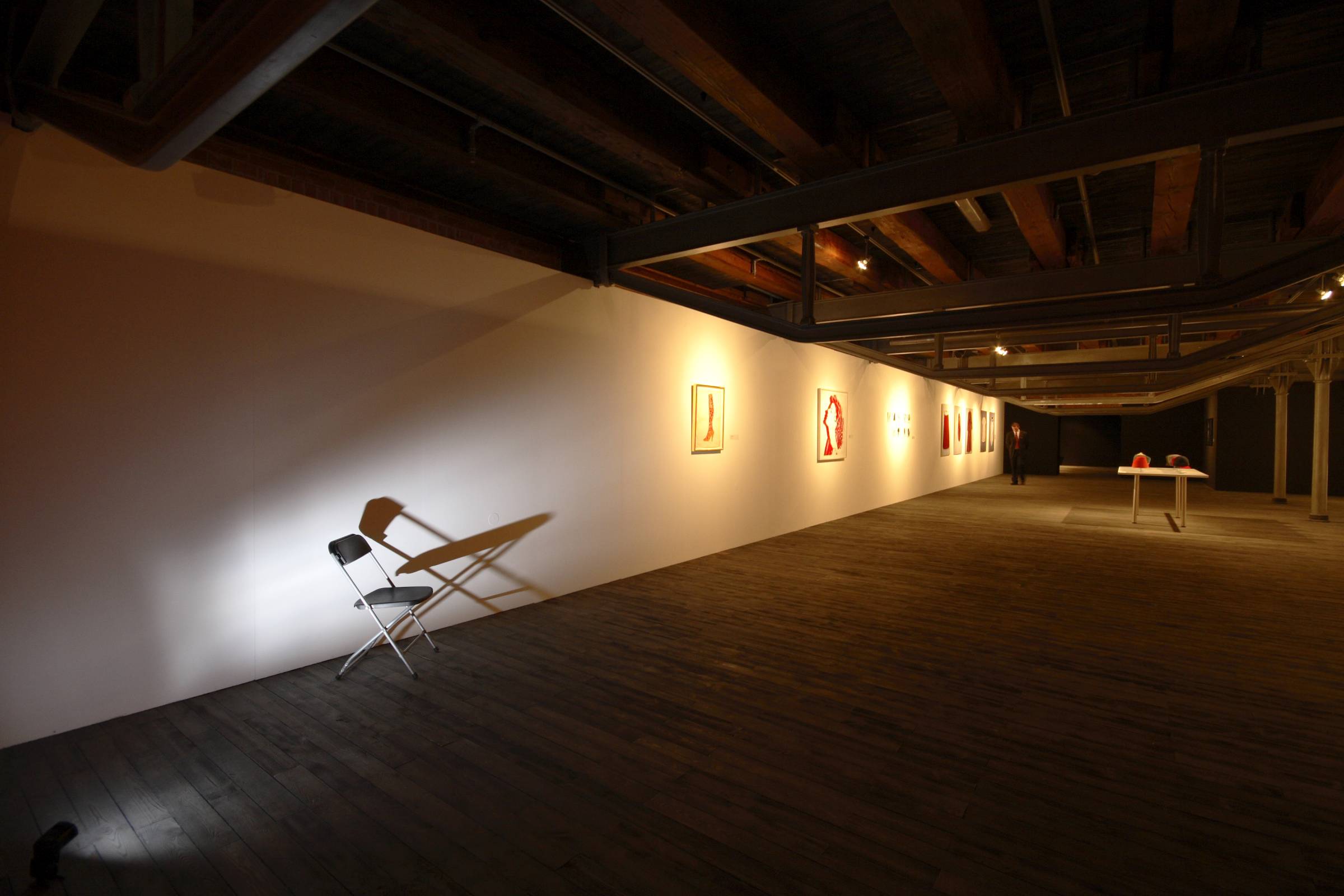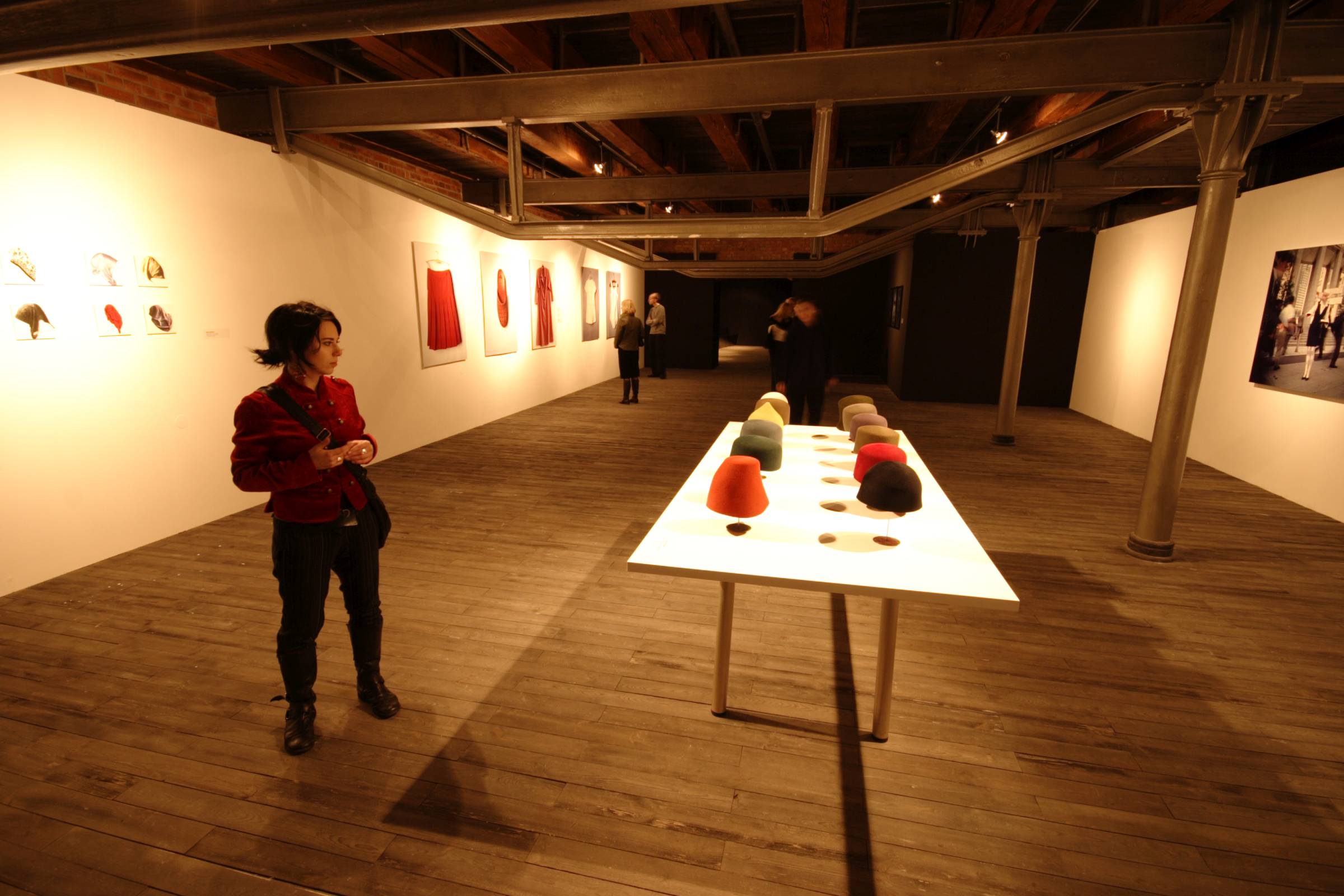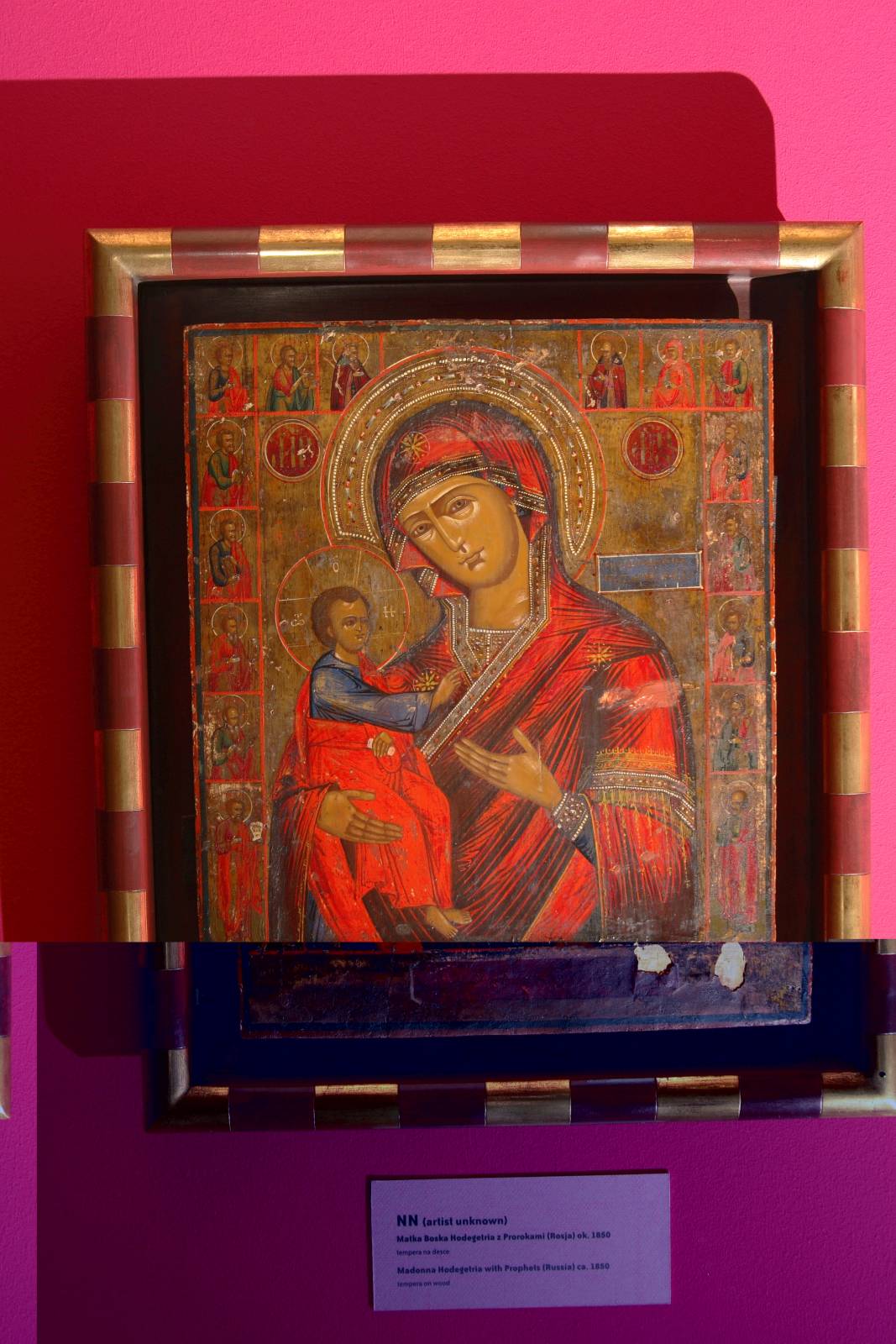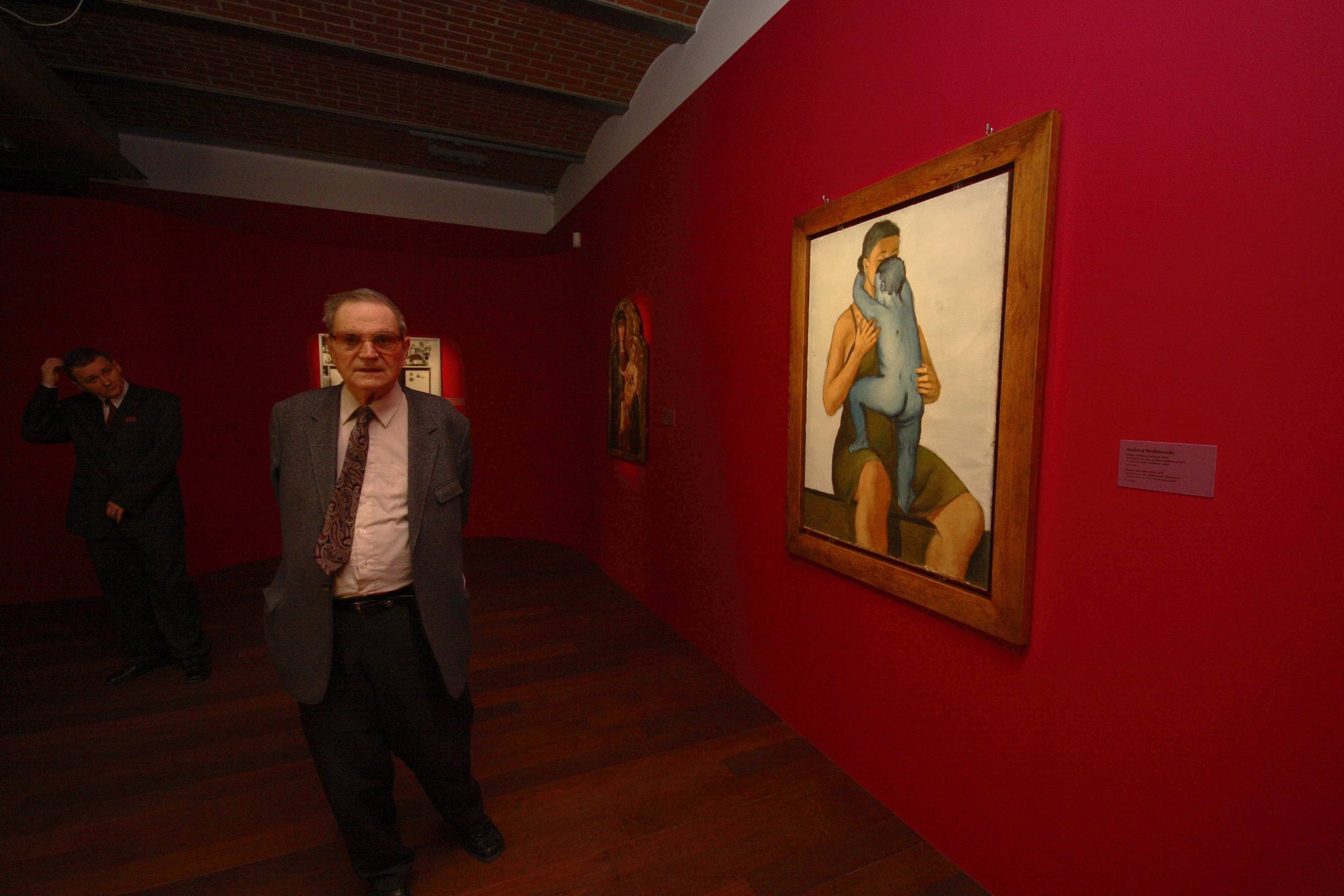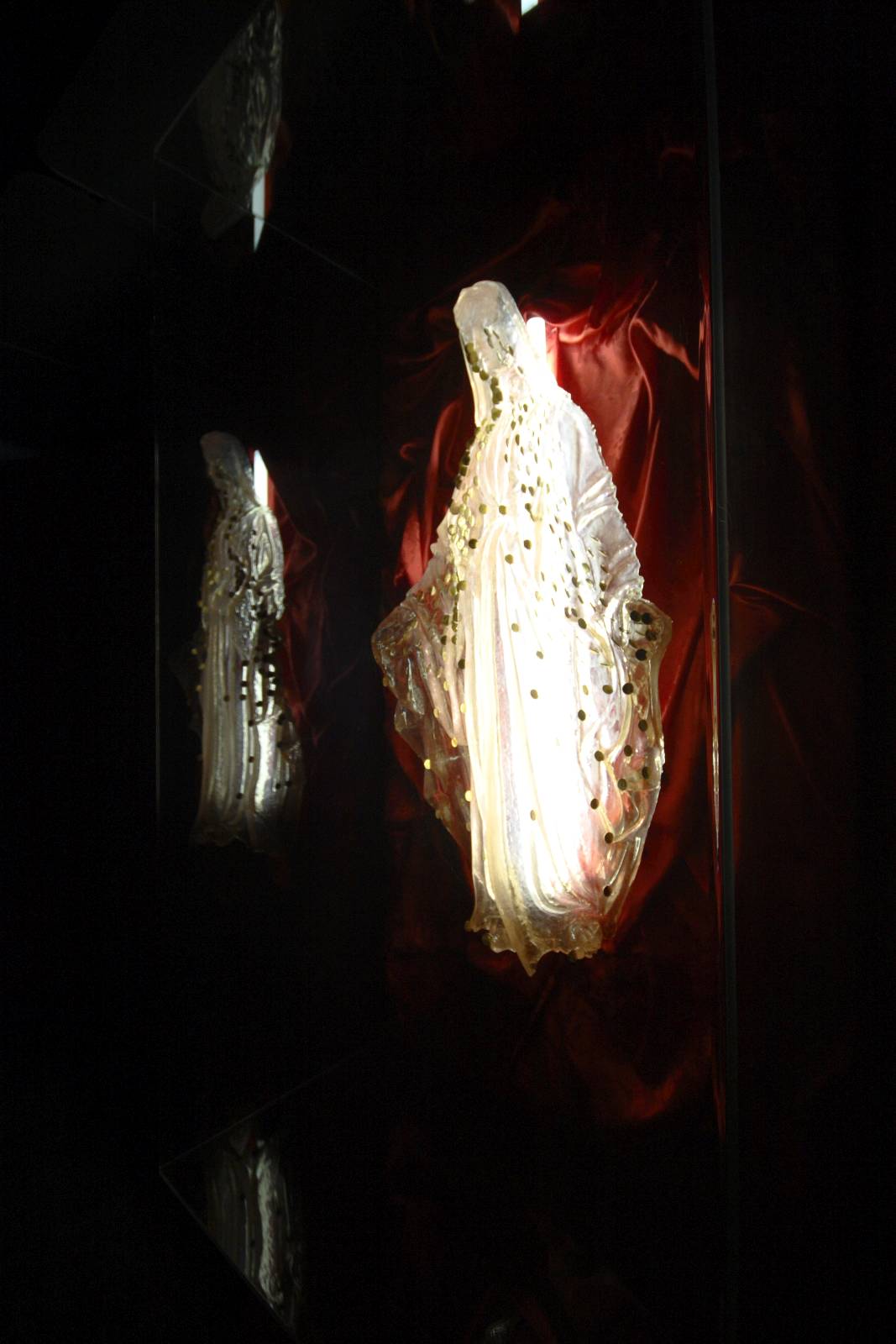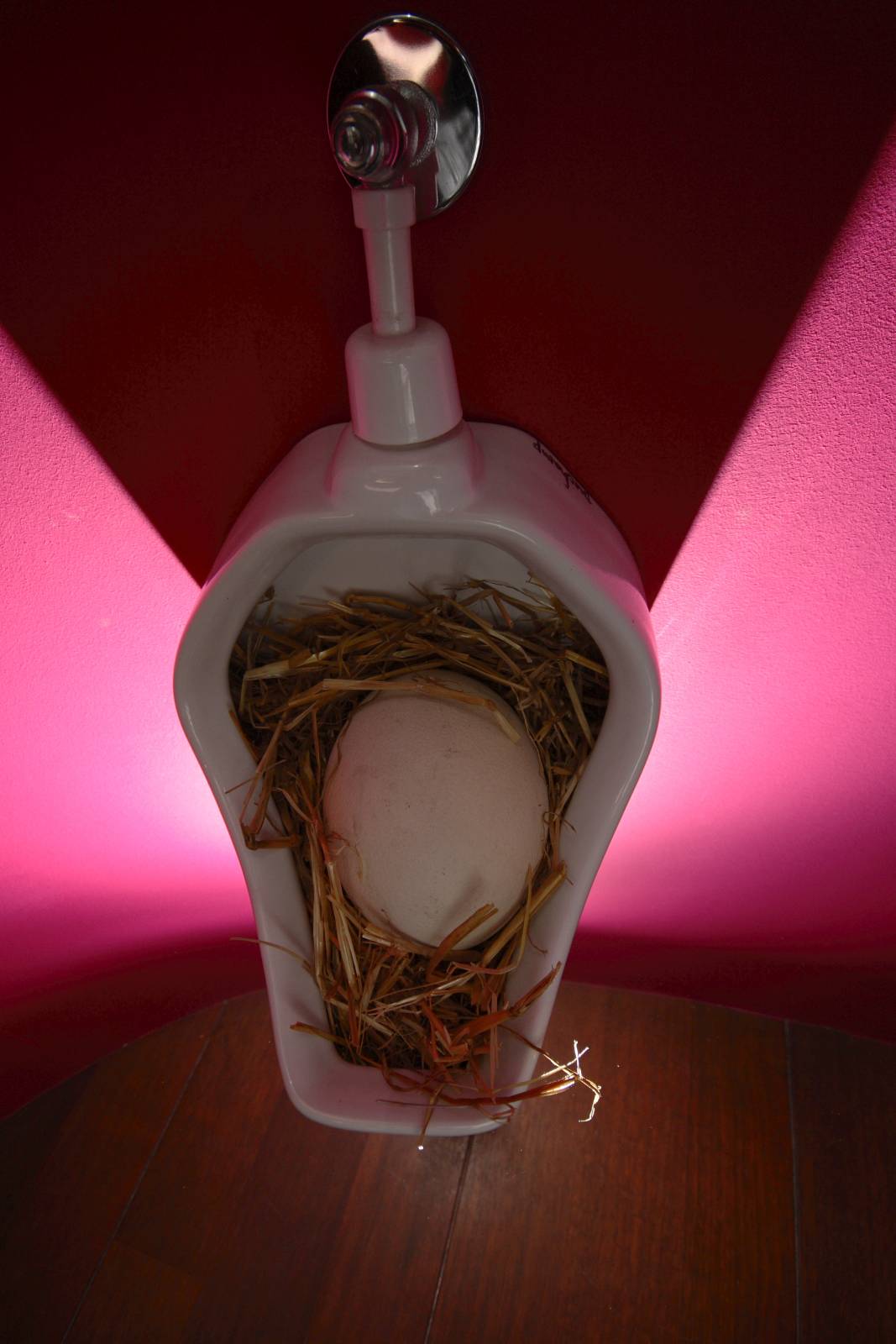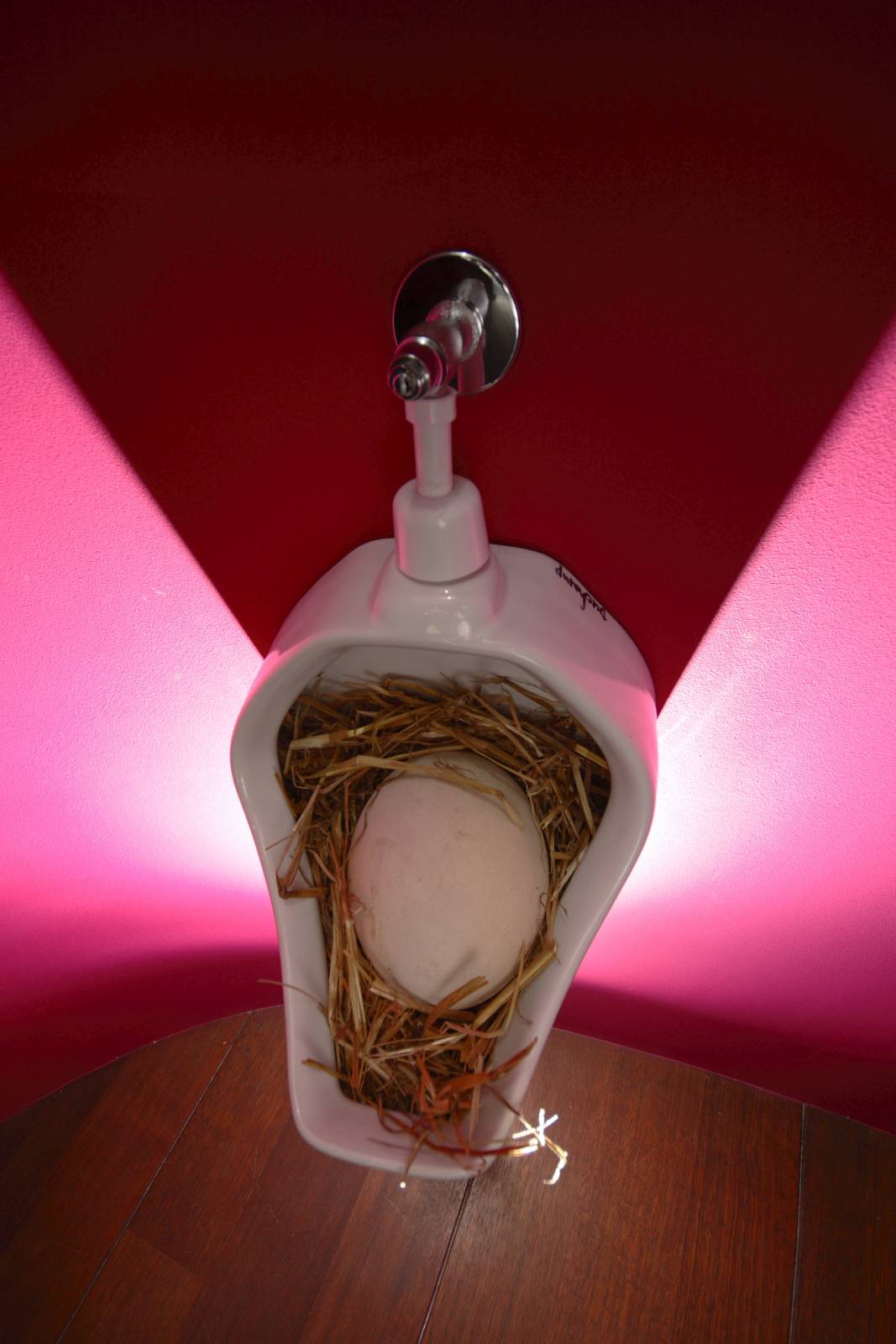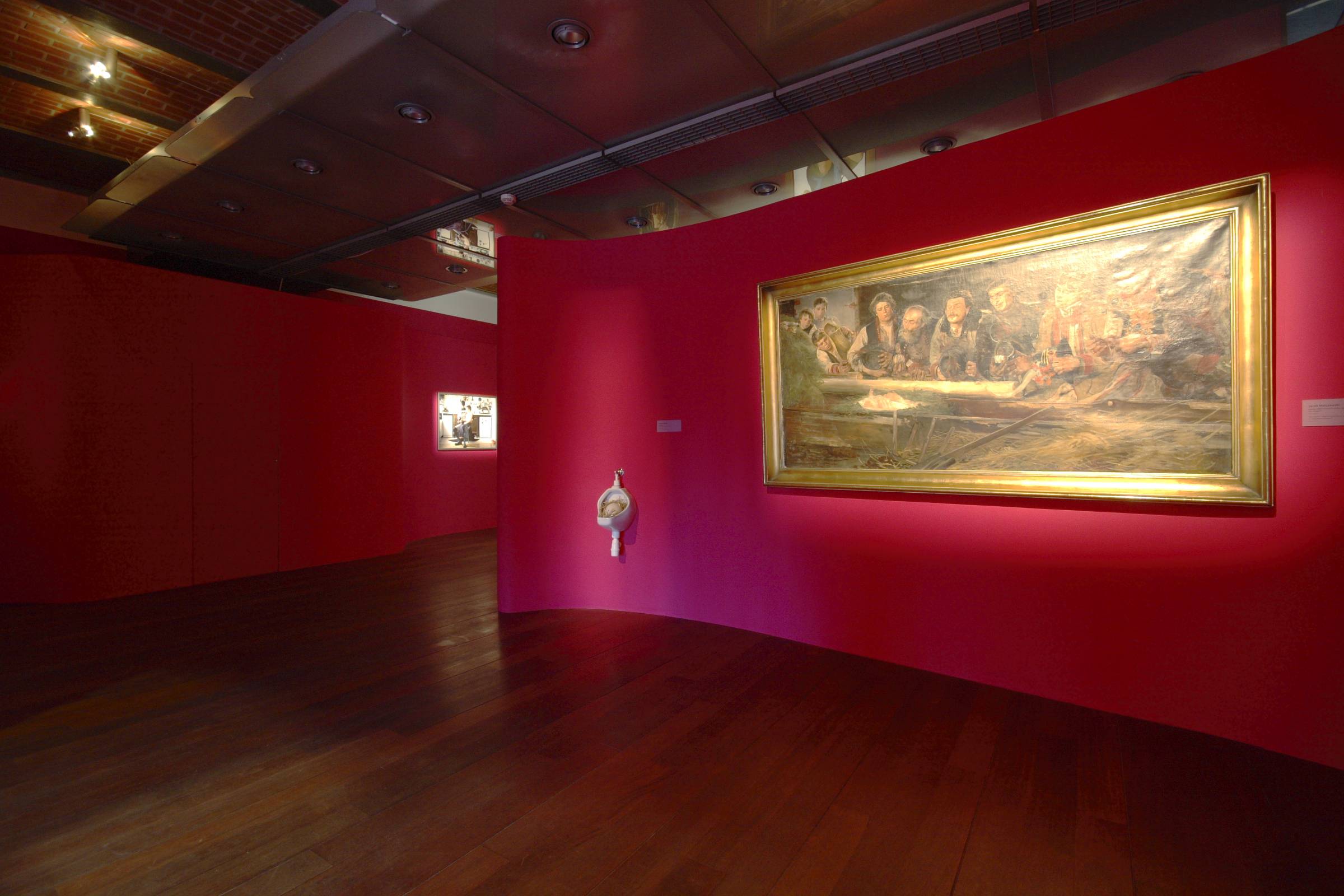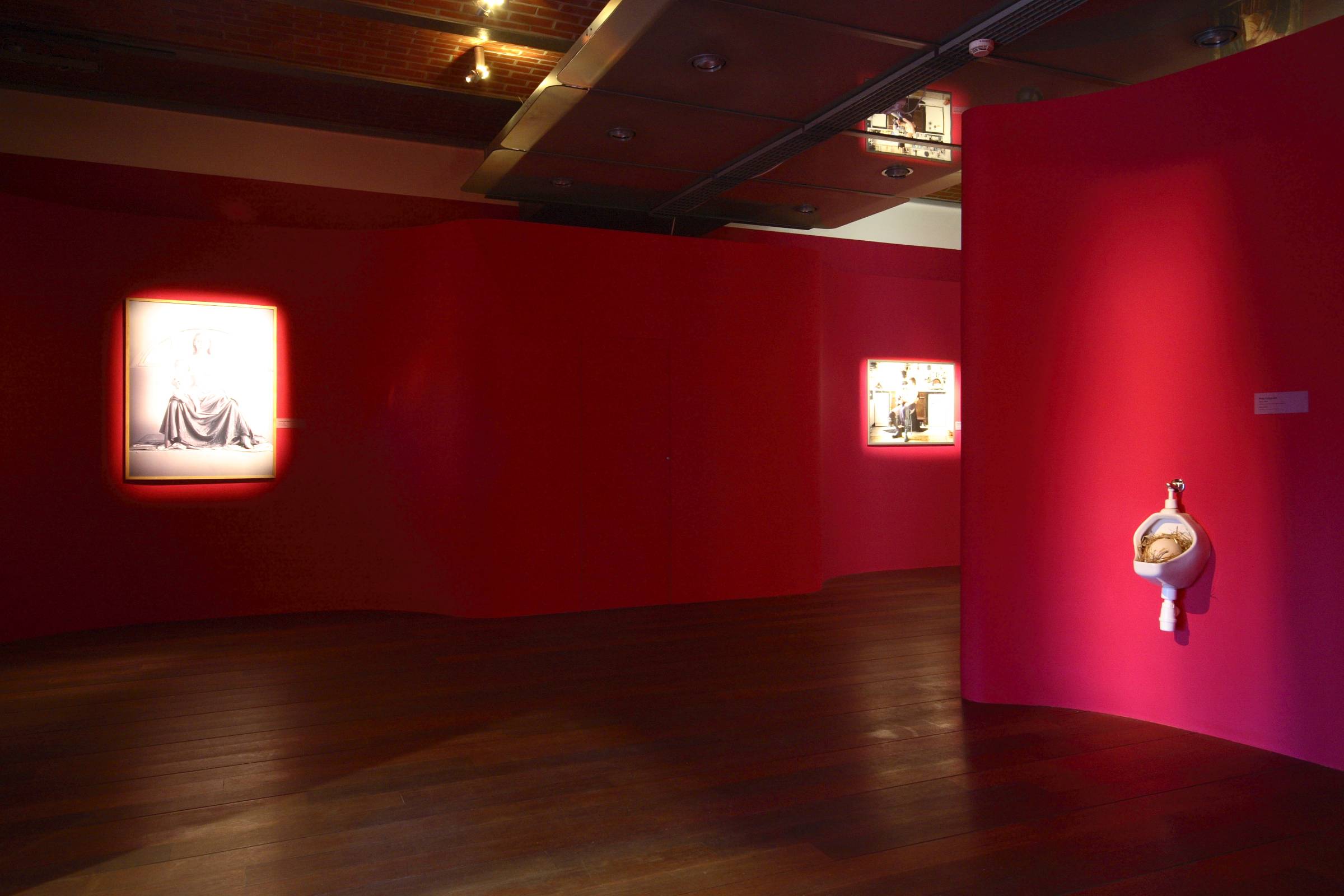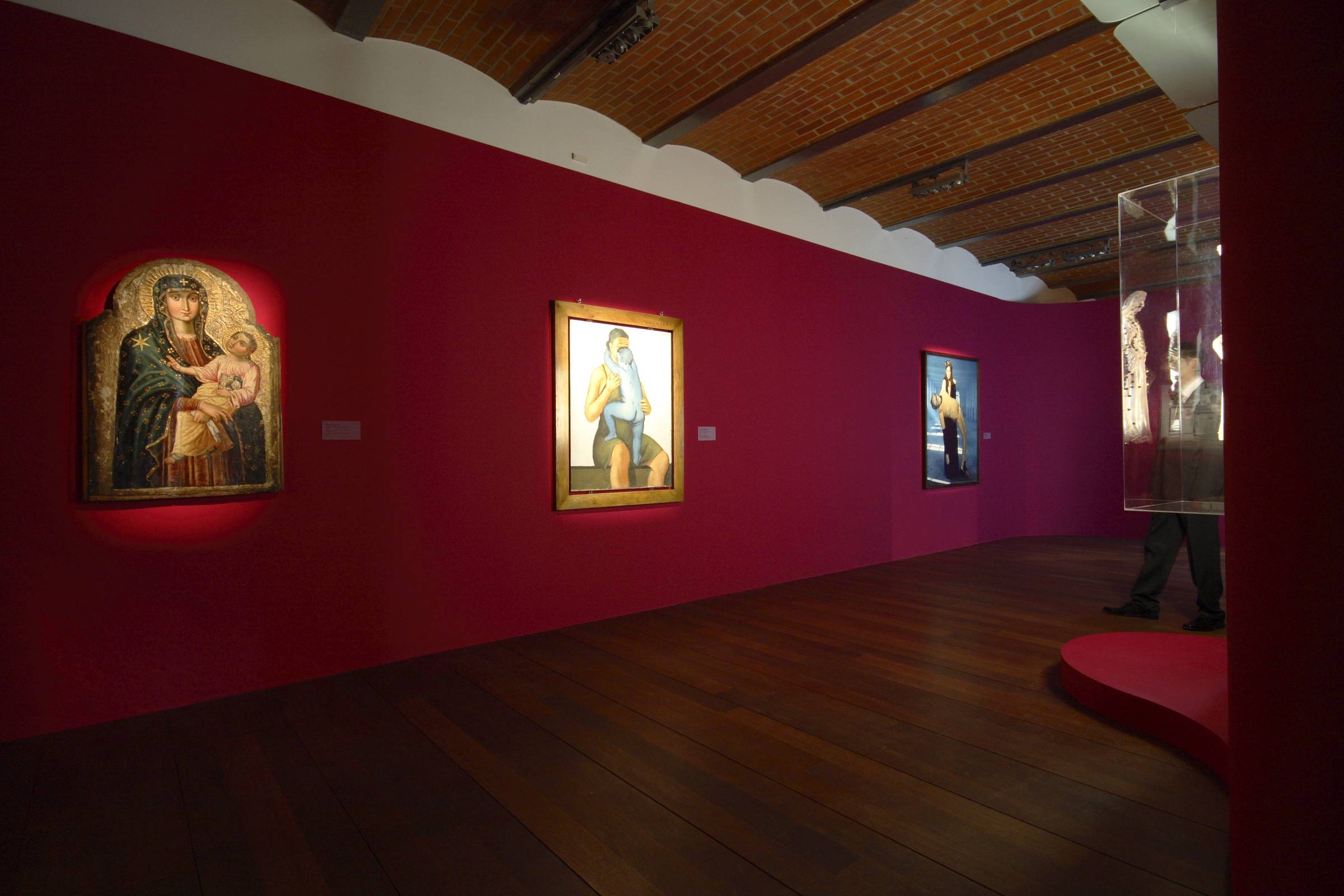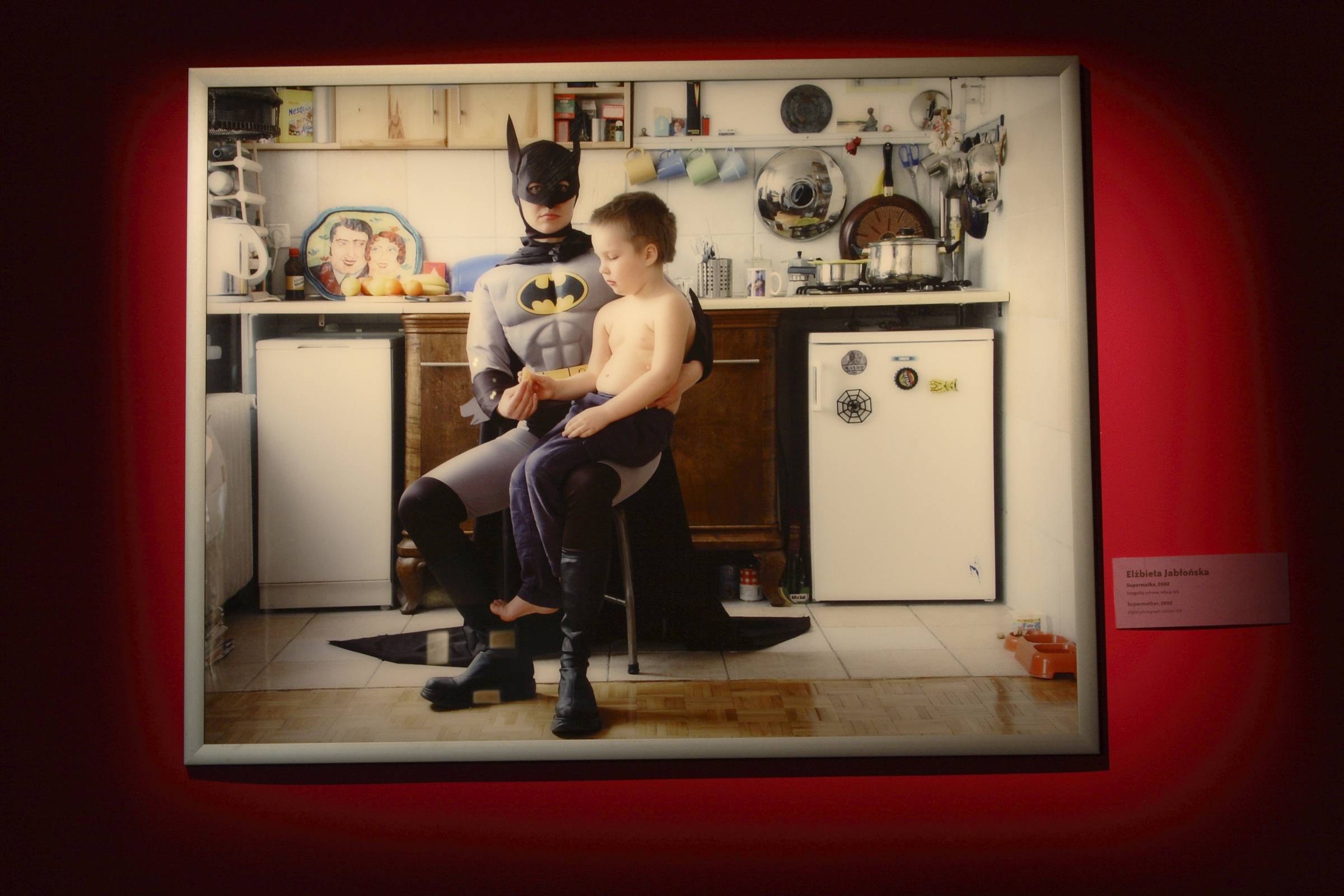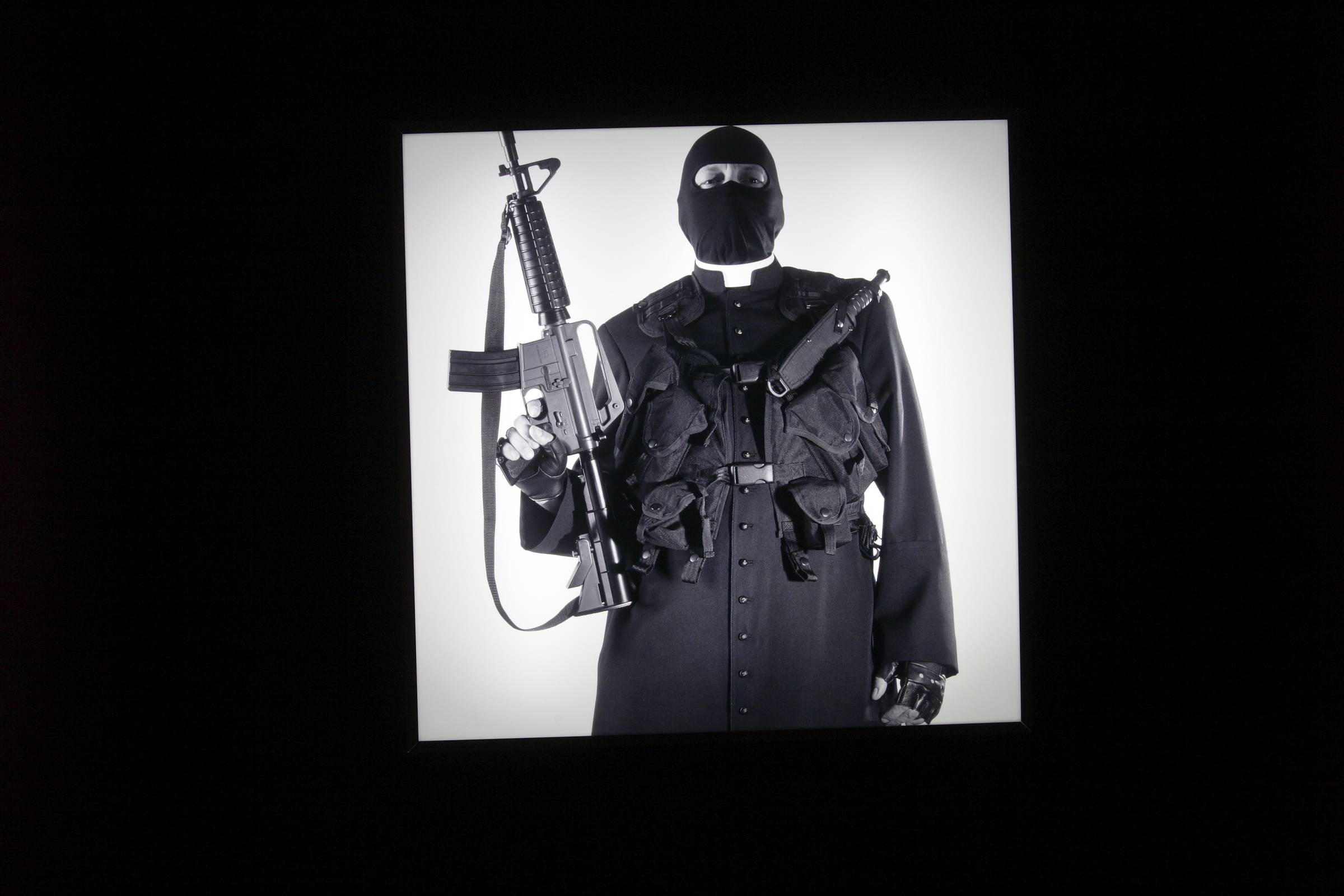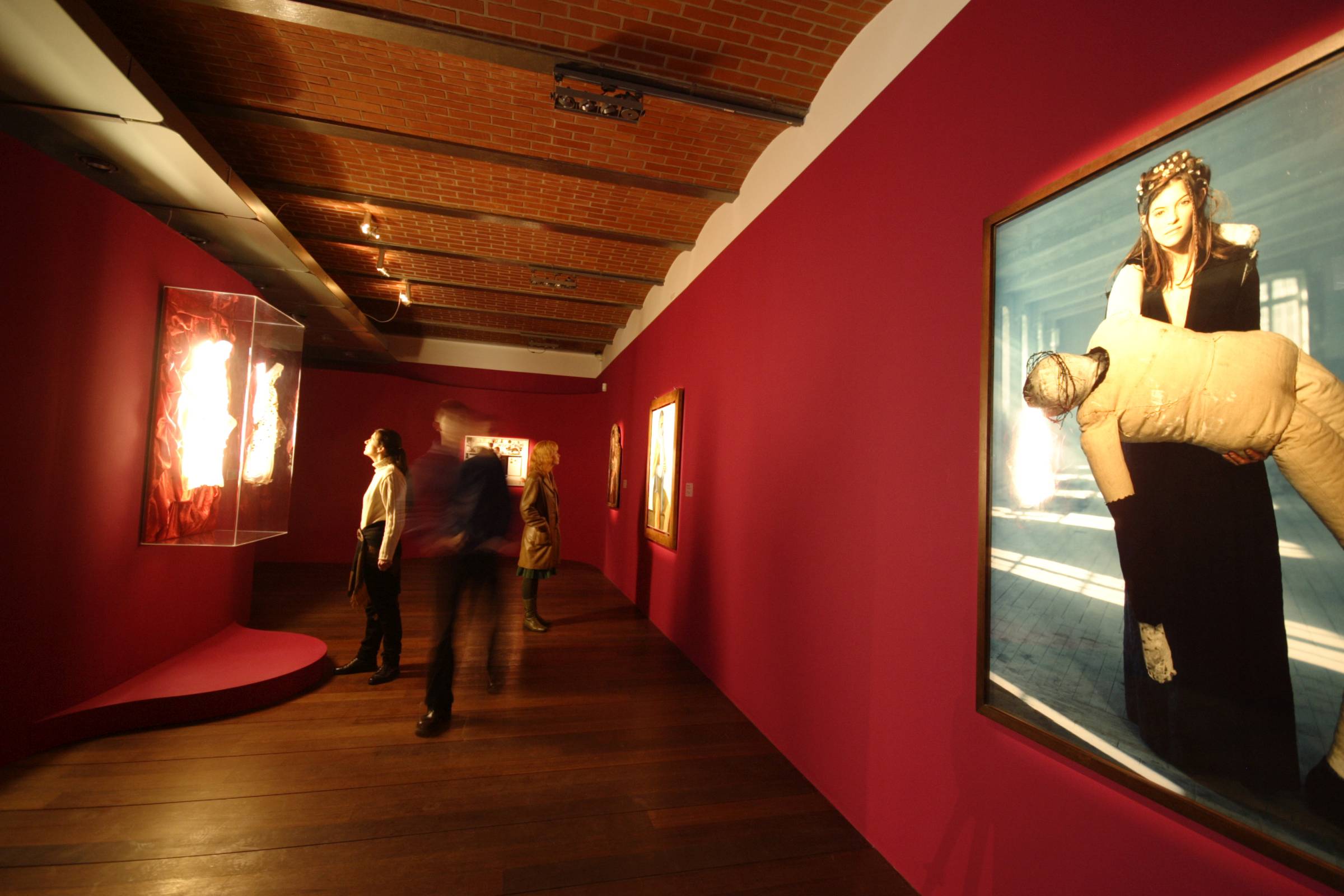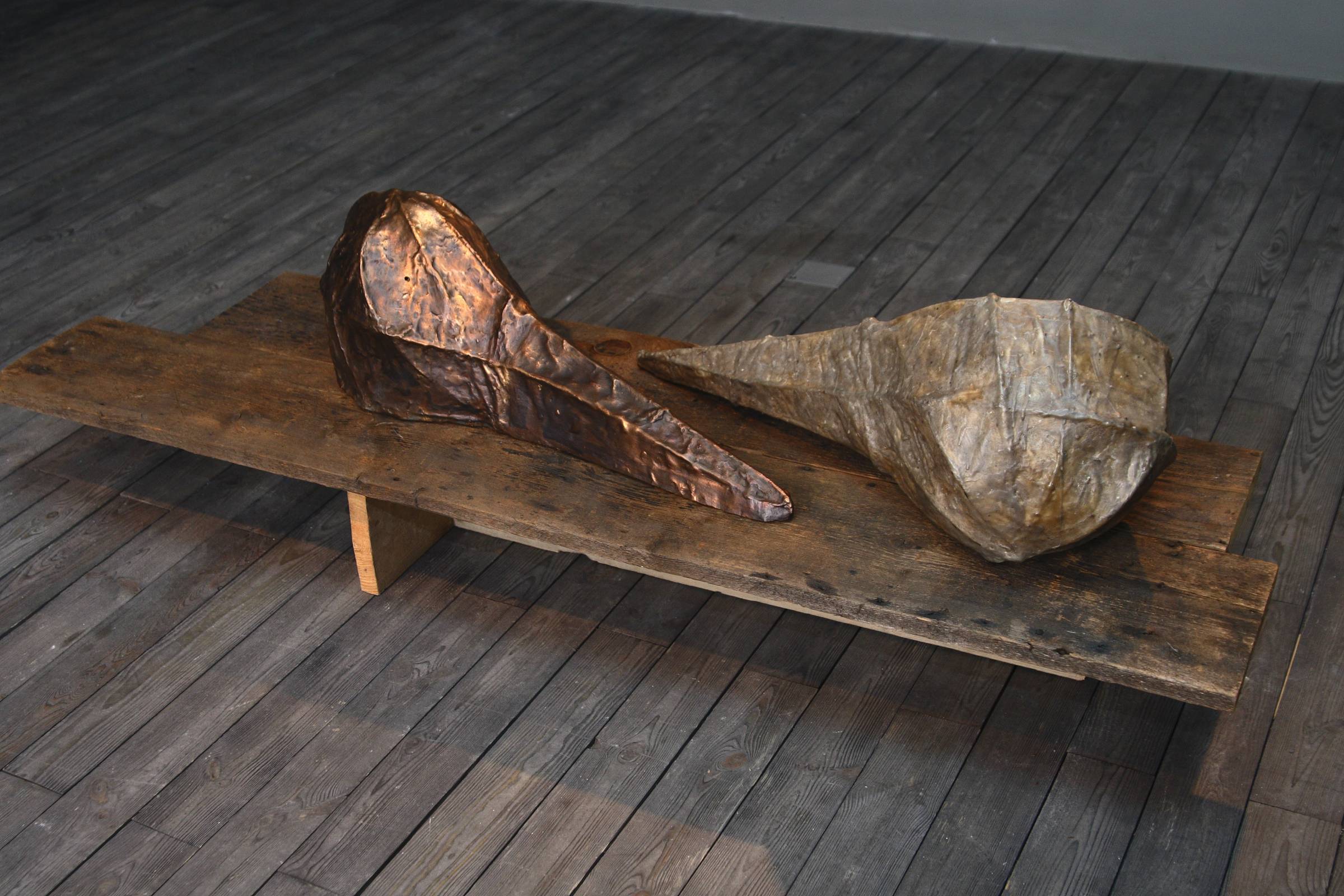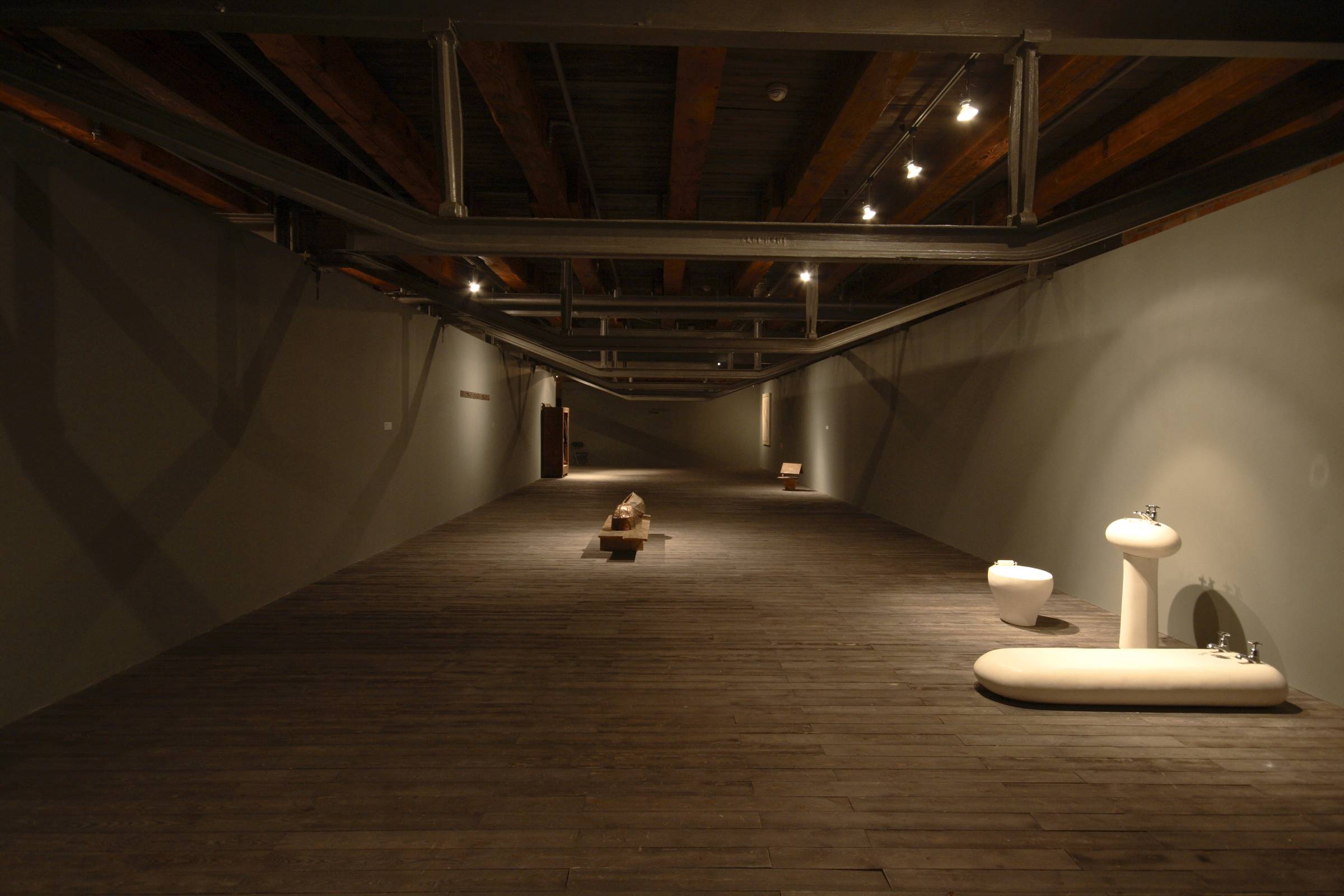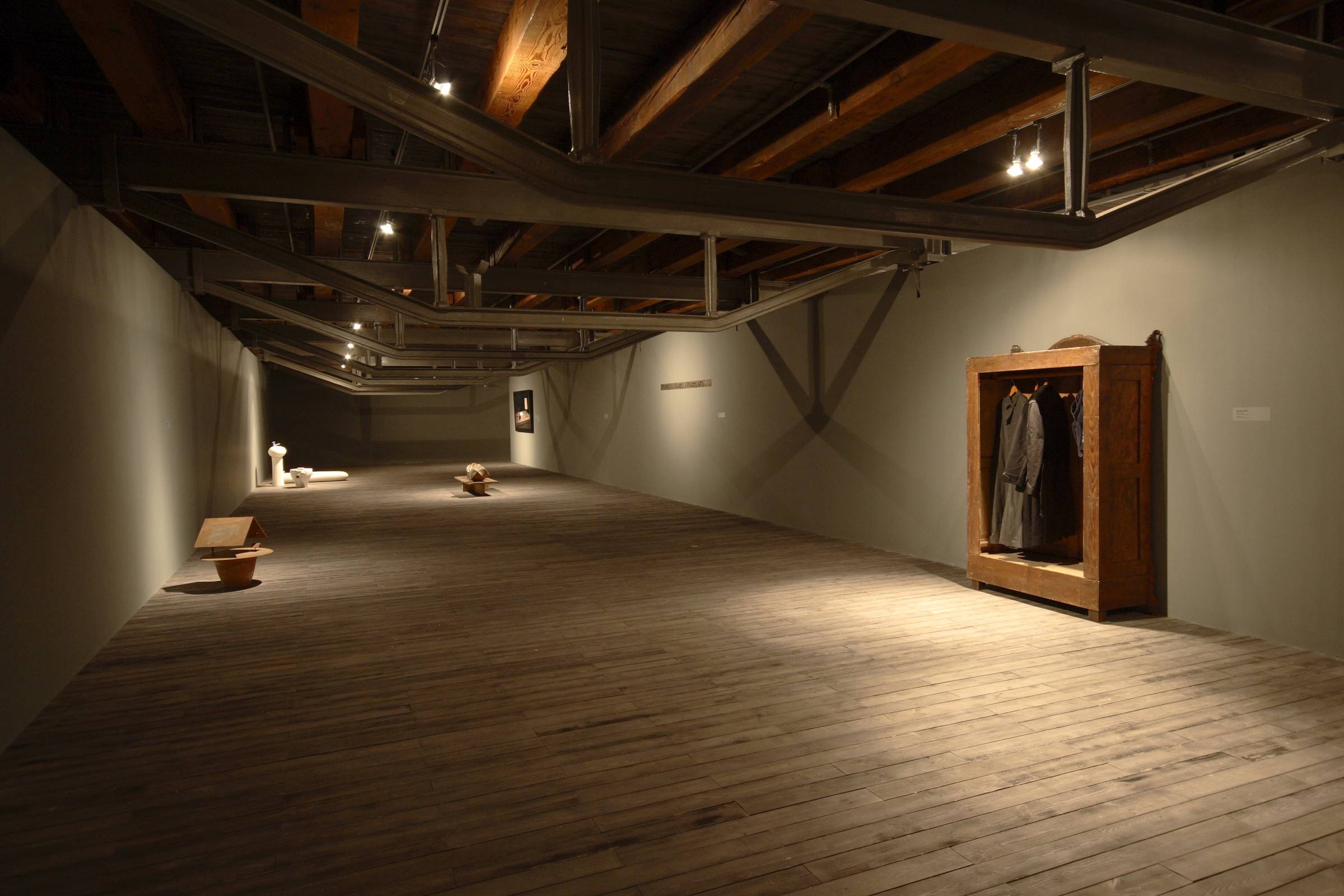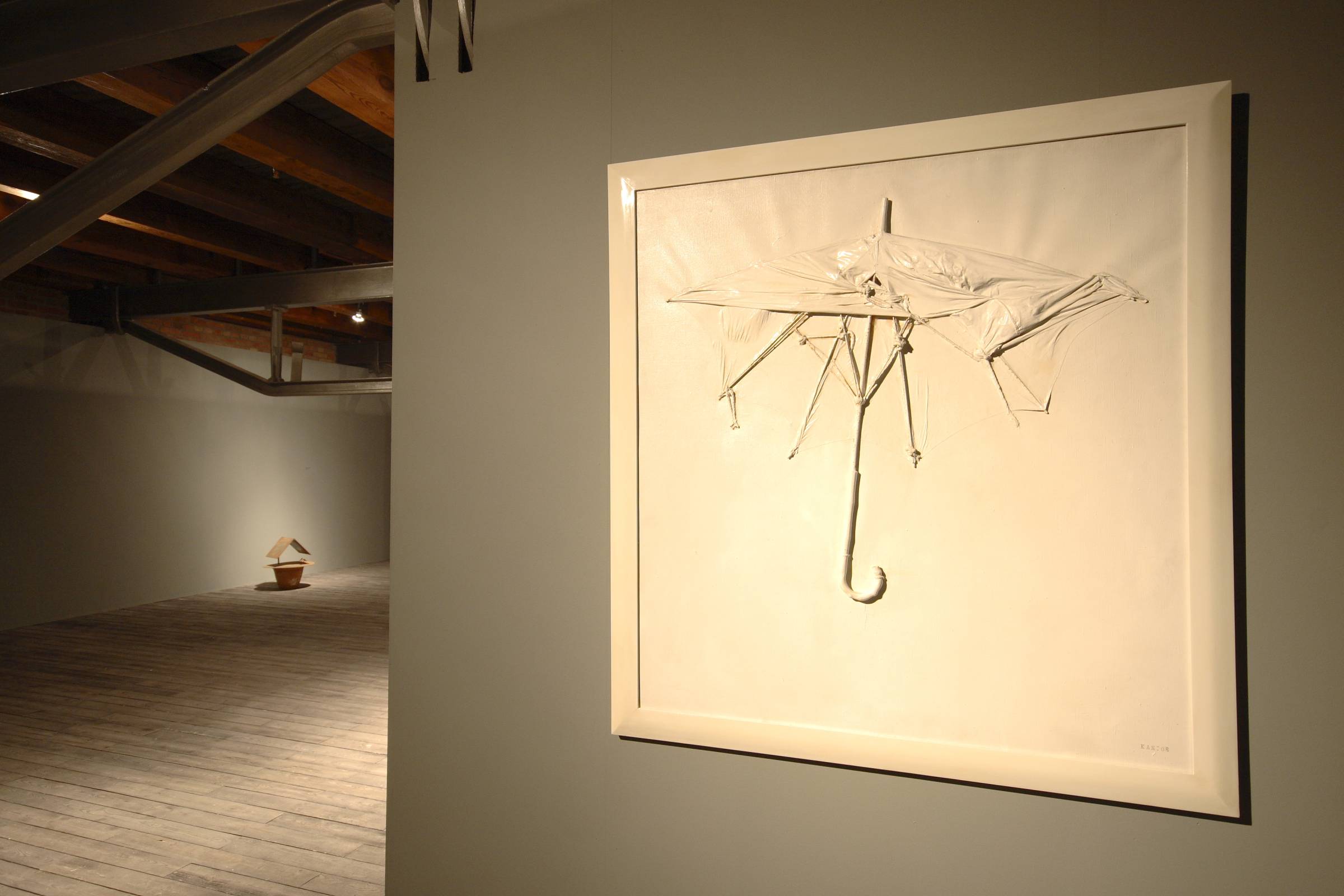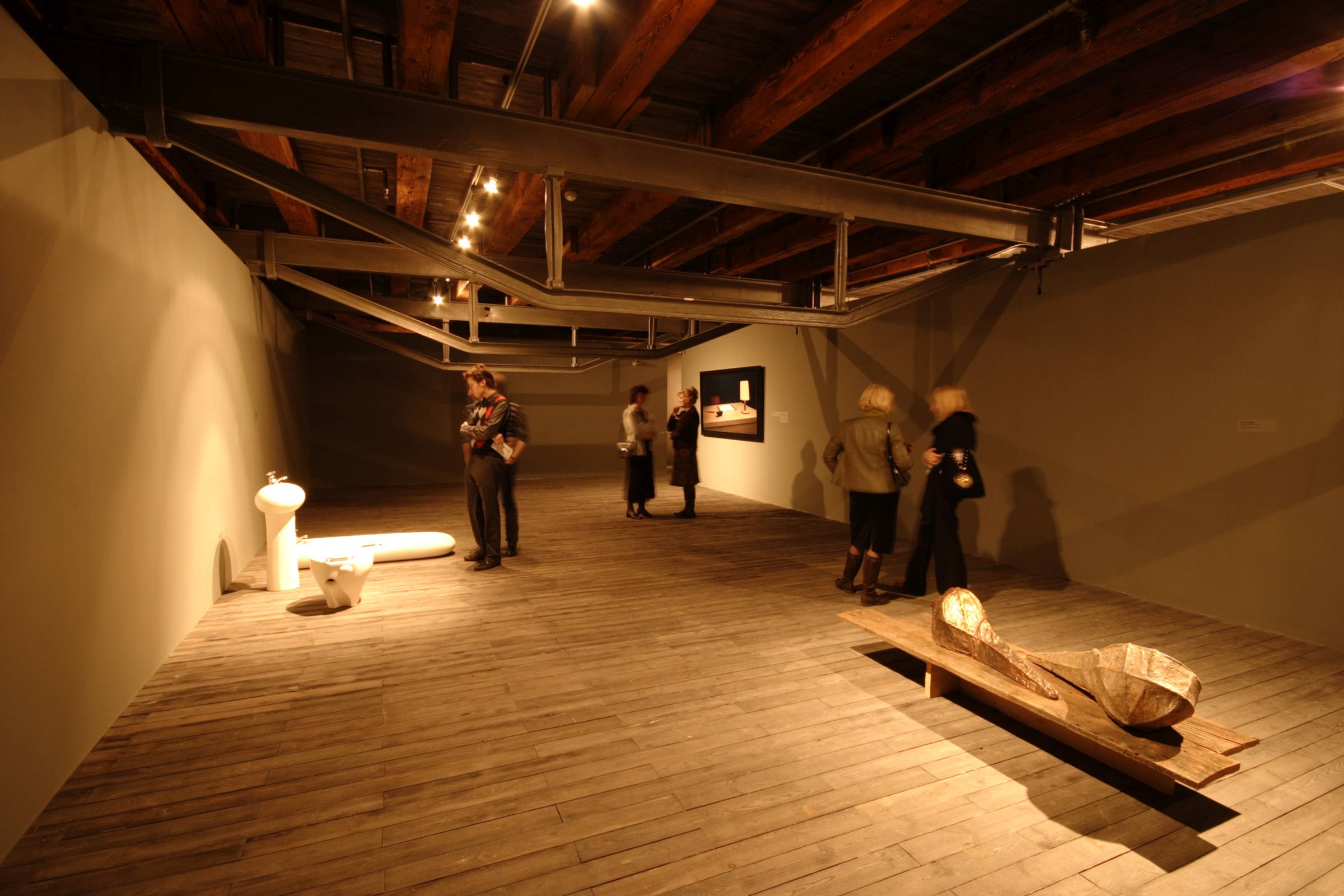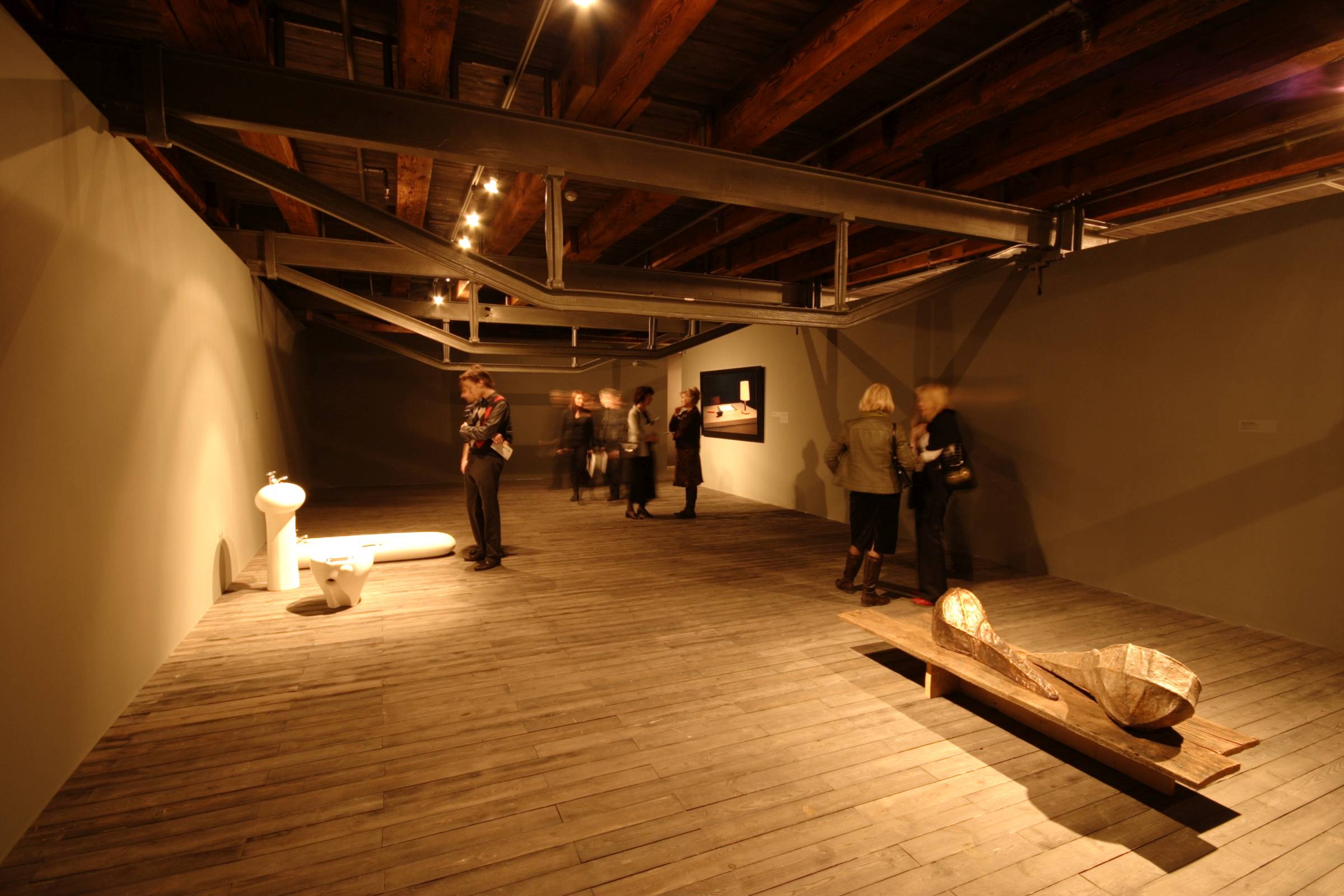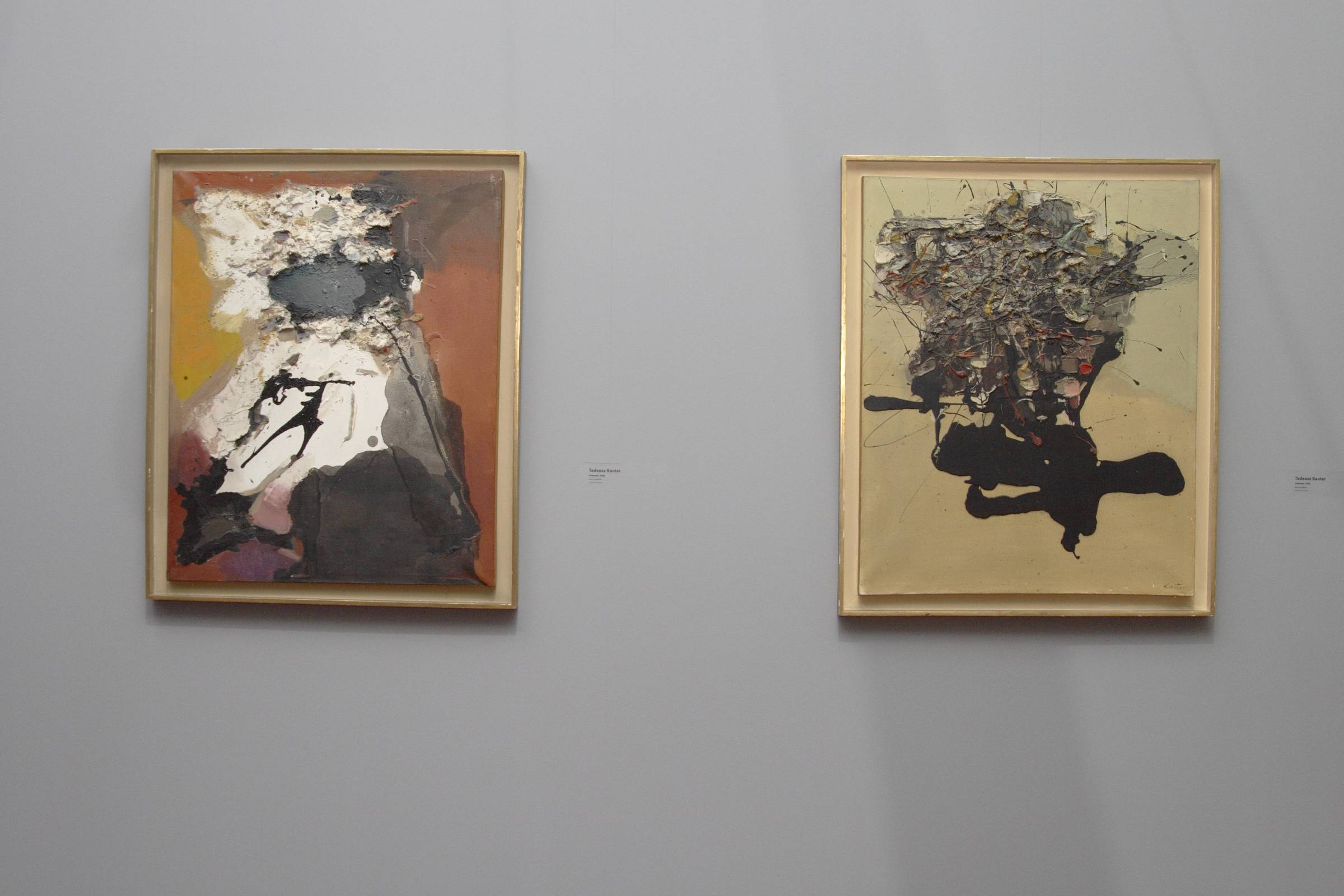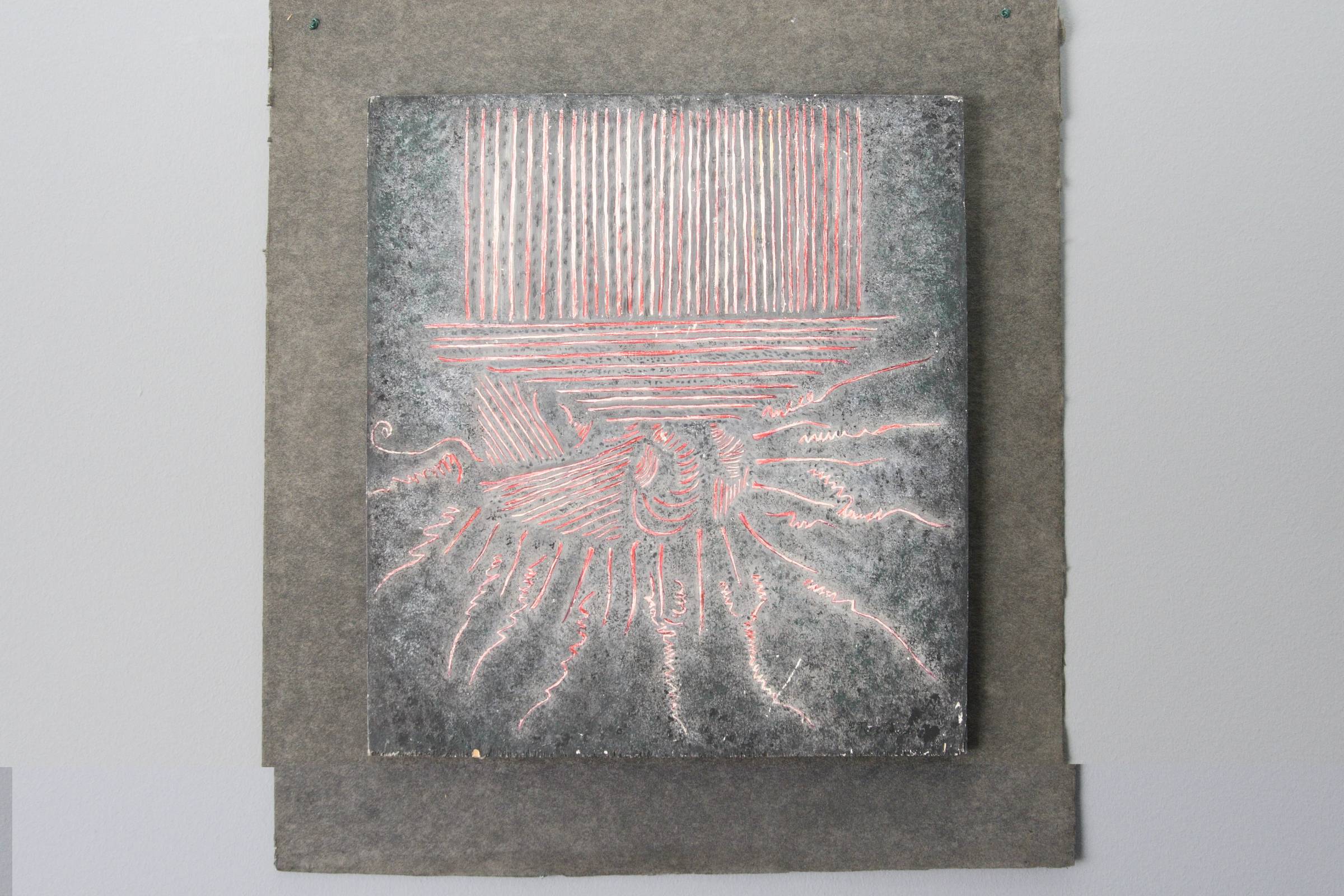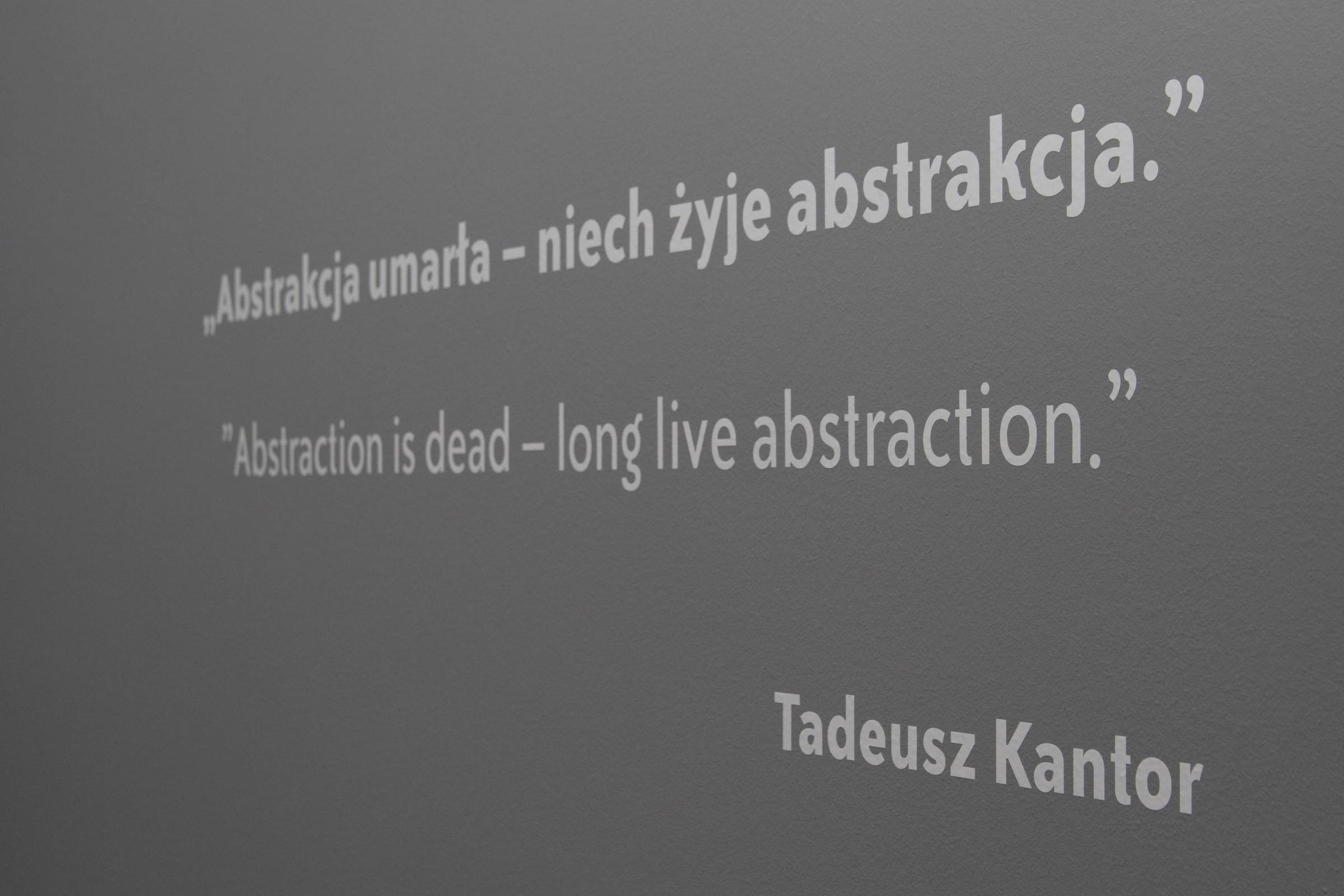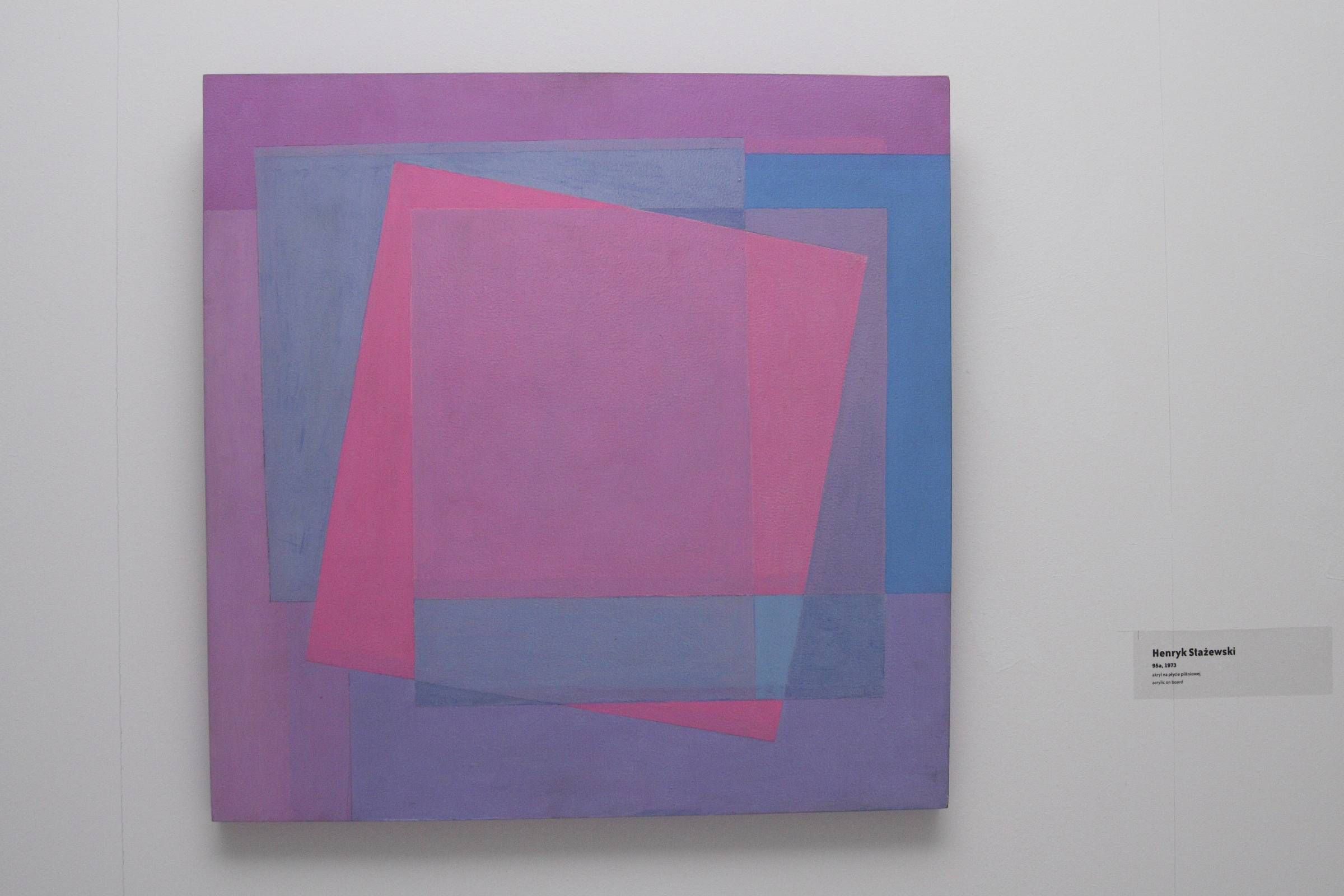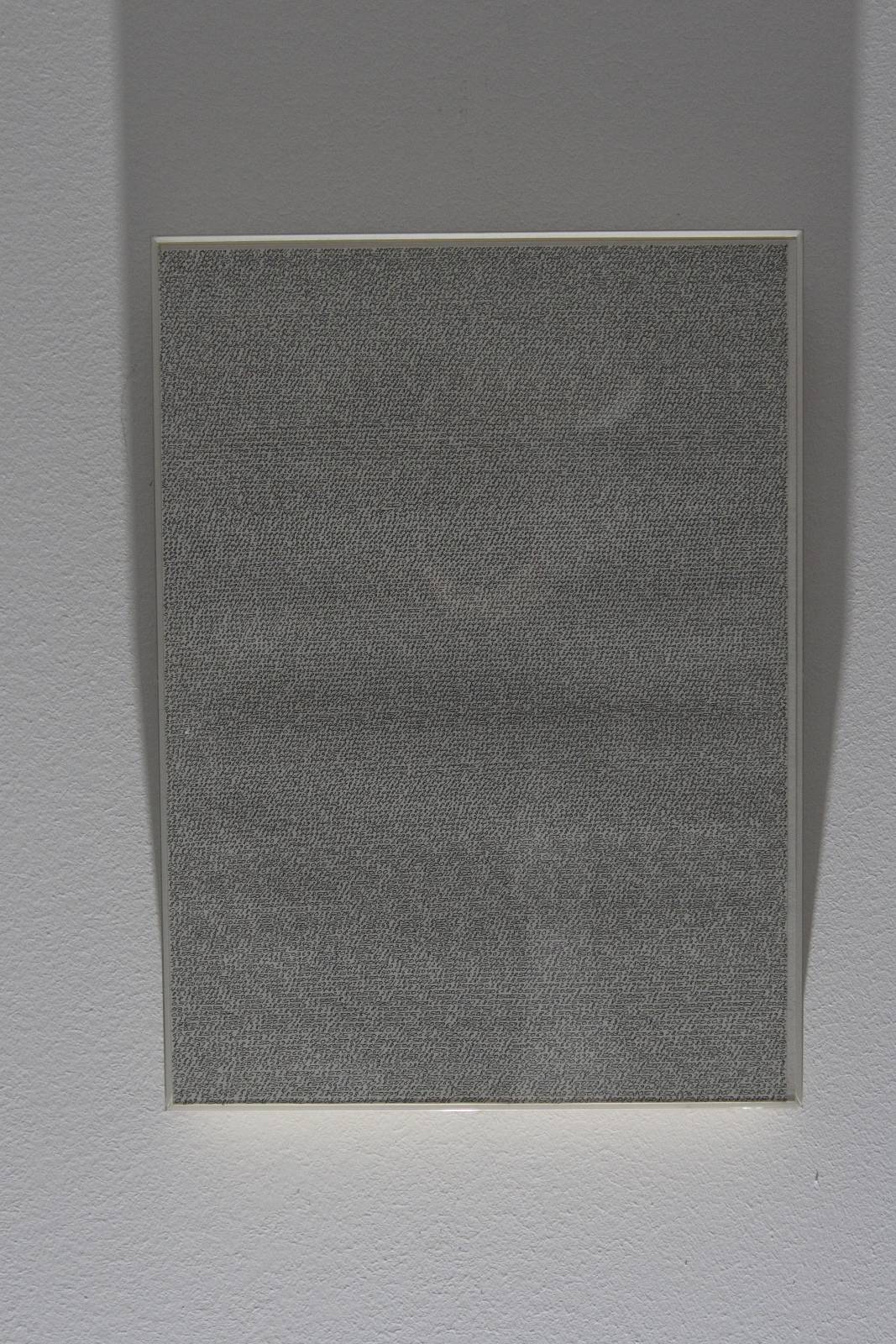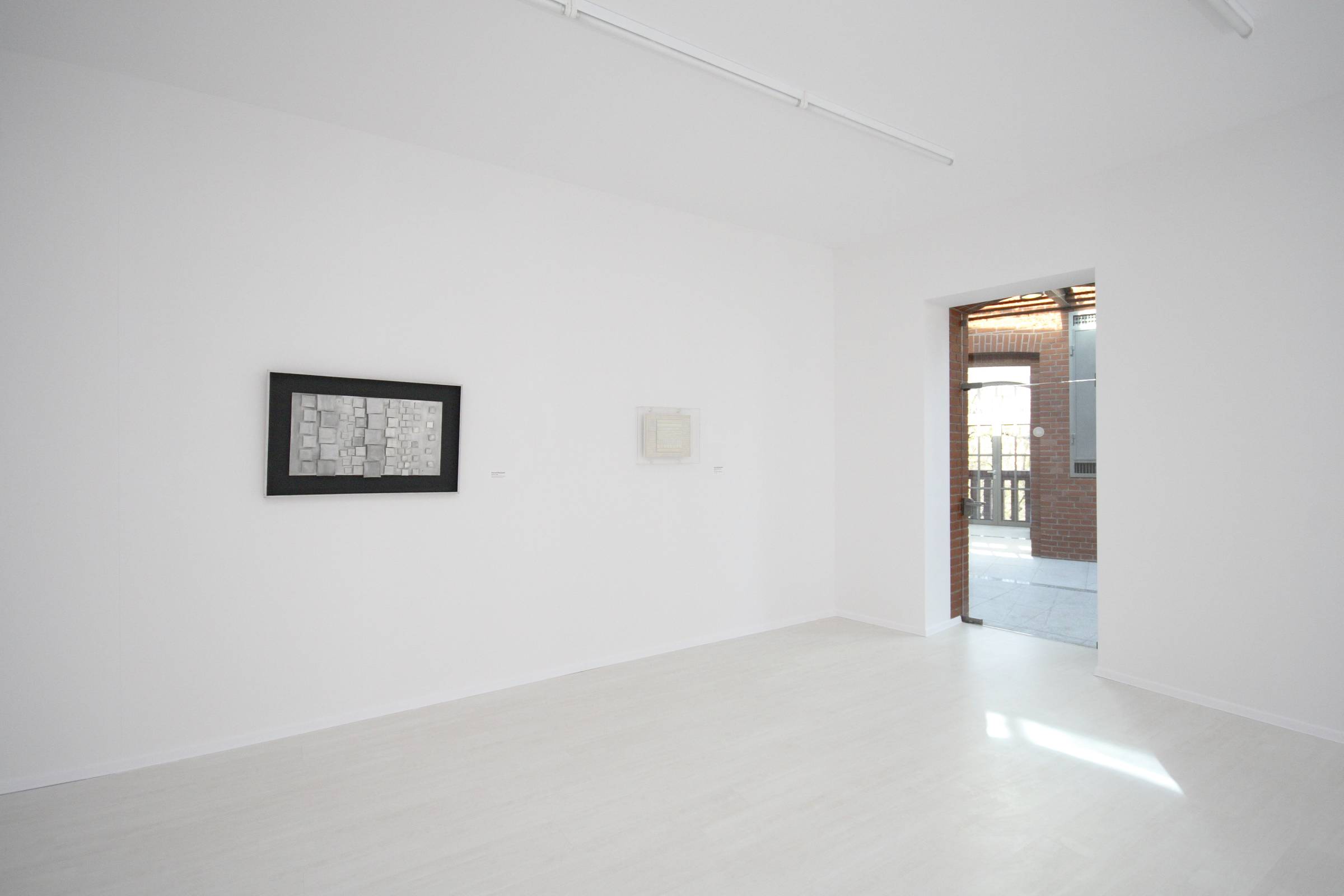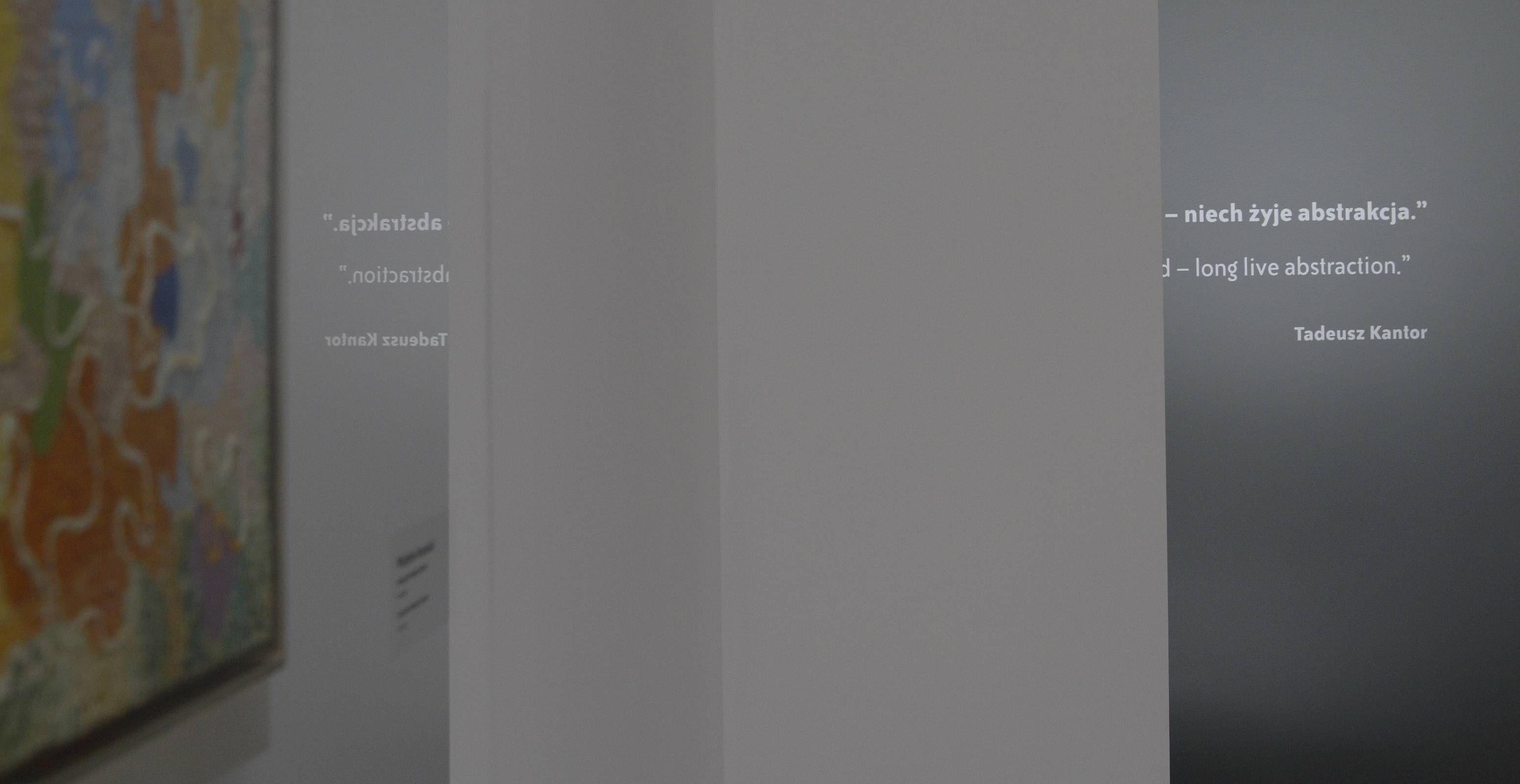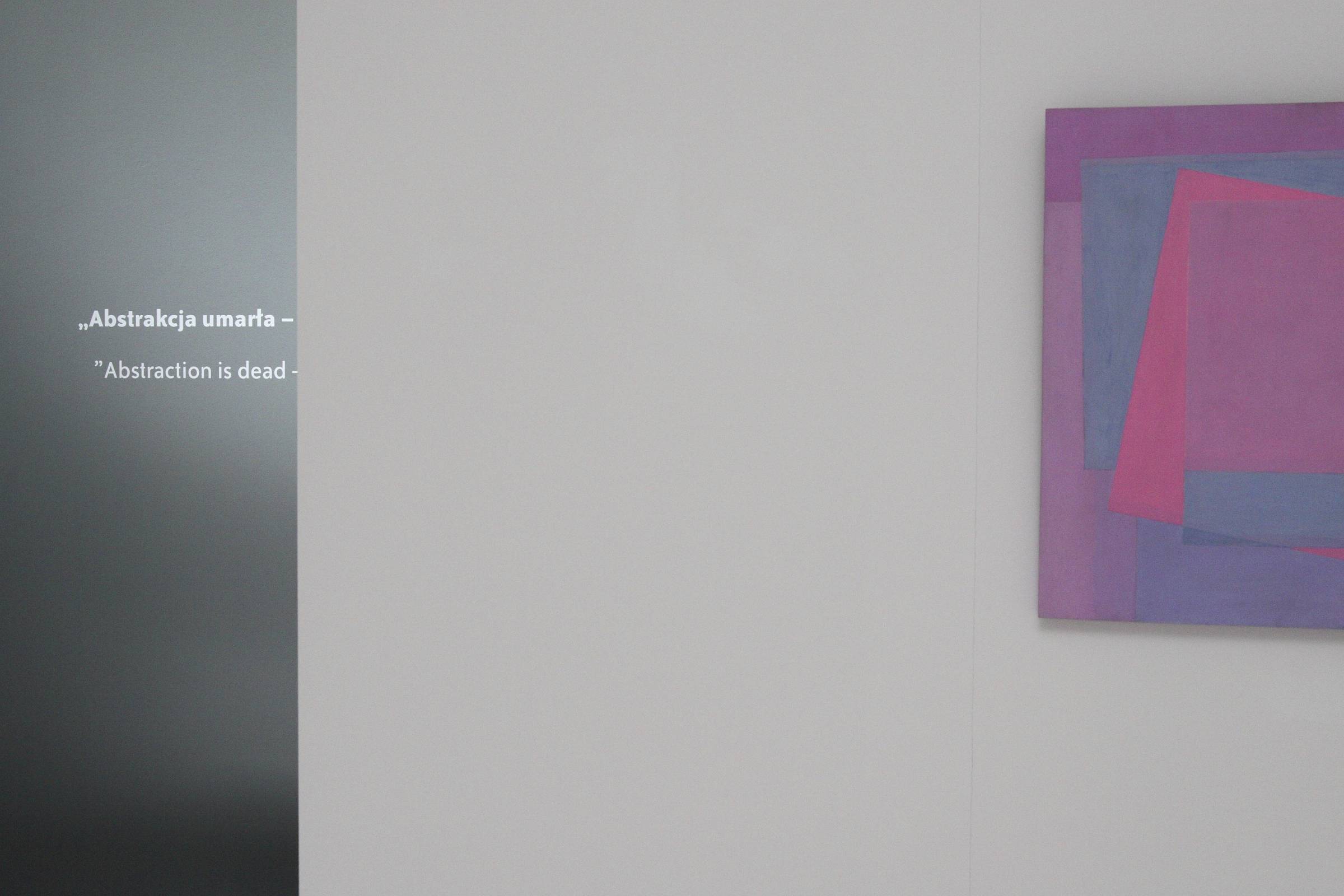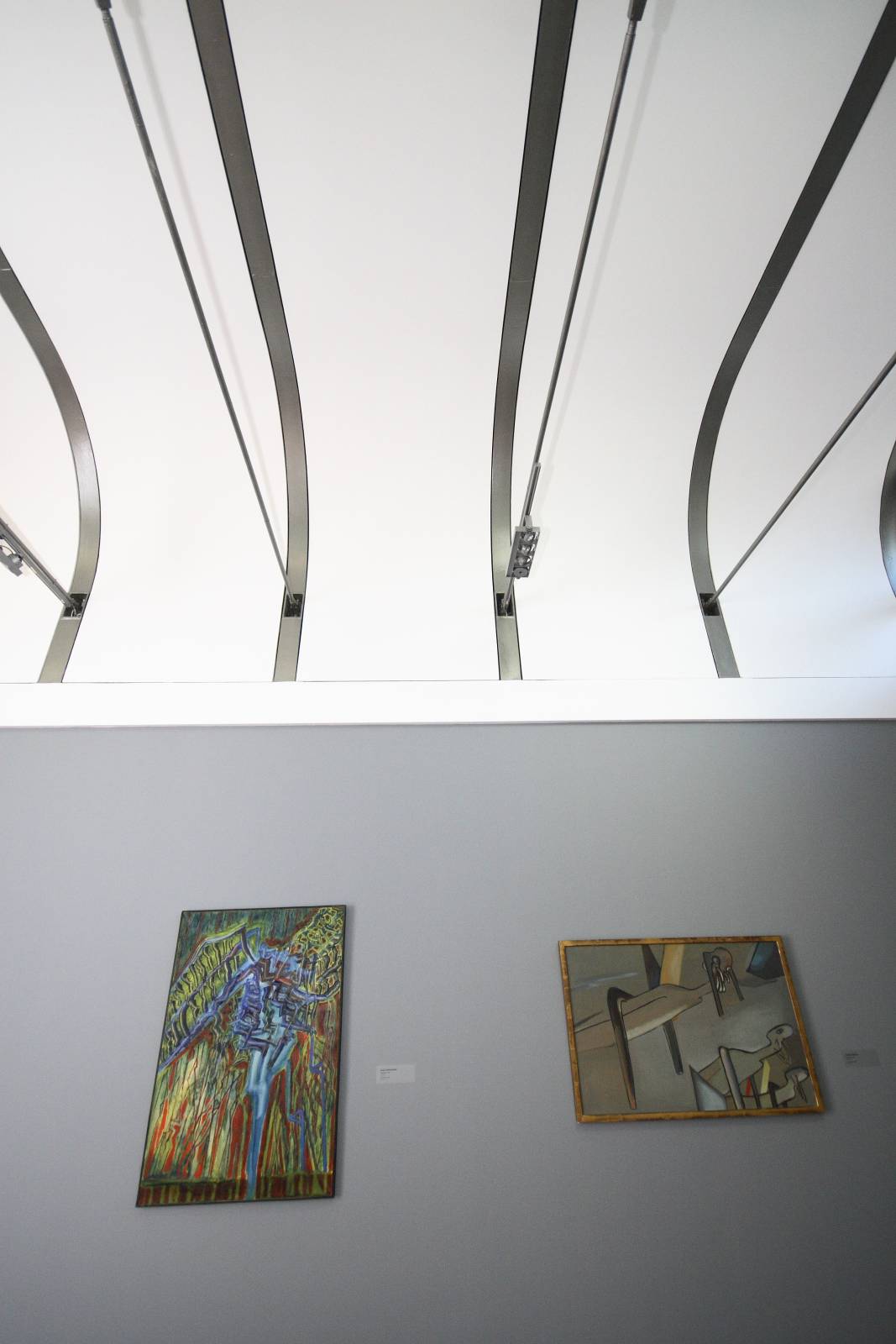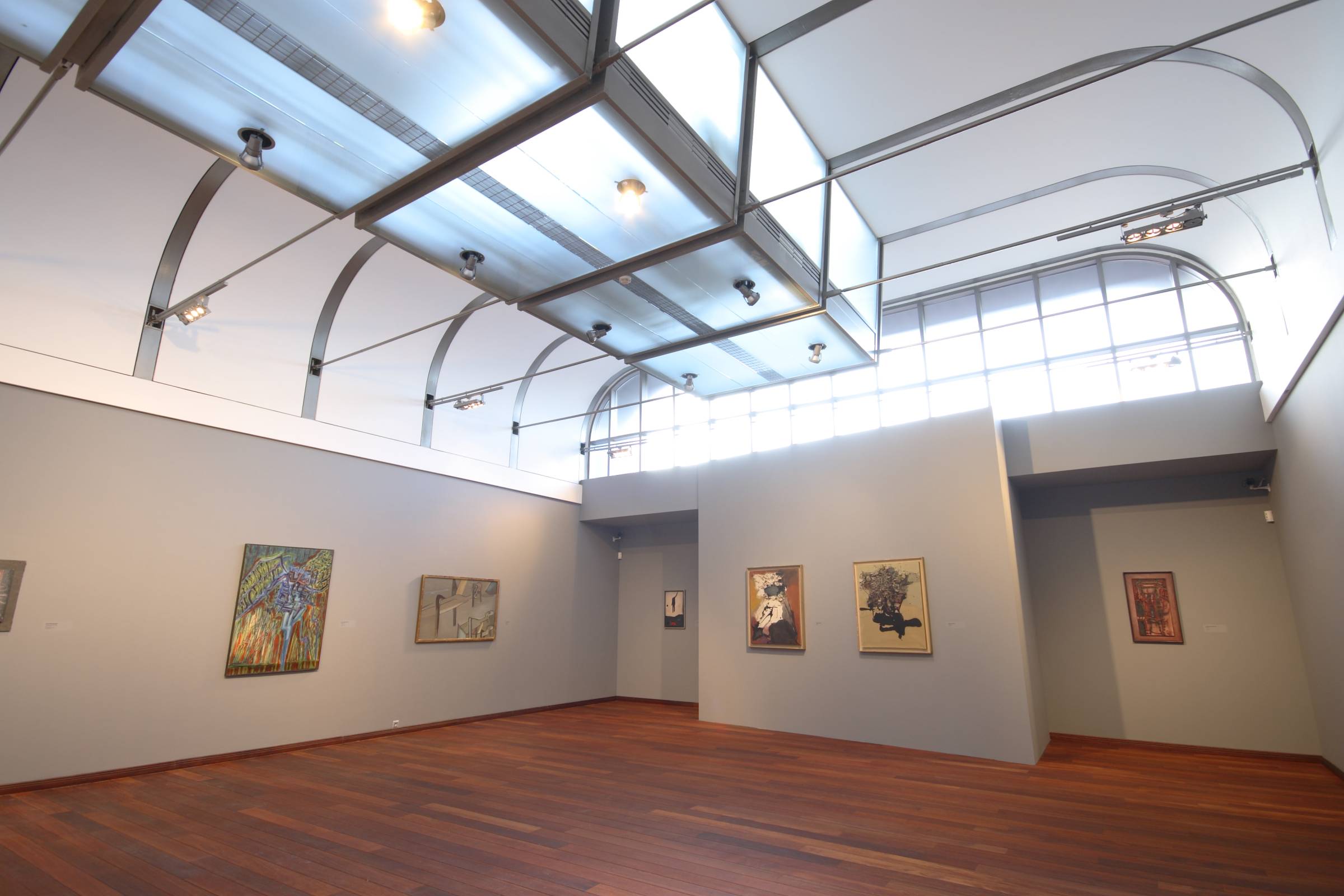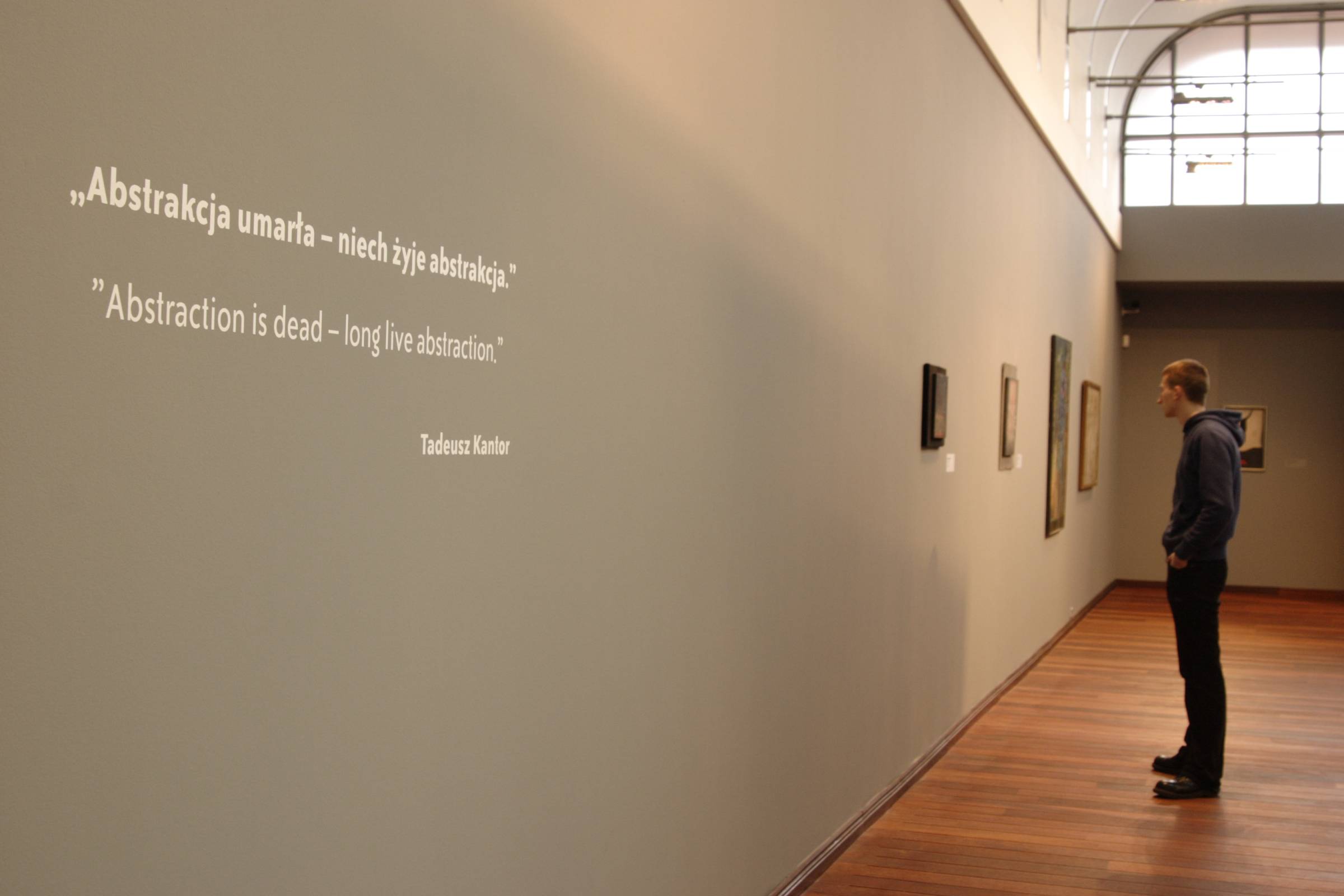Senses and ideas, beauty and darkness, eroticism and religion, aesthetics and provocation, entertainment and reflection are intertwined in the Grazyna Kulczyk Art Collection.
The collection, which has been growing for years, includes works of ancient and modern art – however, Grażyna Kulczyk collects contemporary art with particular passion. As a collector, she values the experimentation, depth and boldness of art.
The collection is composed of artworks by both Polish and international masters. Next to contemporary classics, it shows interest in many upcoming Polish artists of the young generation. In this sense, the first presentation of Grażyna Kulczyk collection offered a new understanding of Polish art and provided it with an international context.
Paweł Leszkowicz, the curator of the exhibition, divided the collection into a series of thematic exhibition rooms – sub-exhibitions devoted to different artistic and social issues. The exhibition led through the room of the library, the room of the nude, the room of body sculpture, the room of perversion, the room of fashion, the room of religion, the room of the object, and finally the room of the museum. Over a hundred of artworks employing a range of techniques and media dealt with the problems of identification, sexuality, religion and the condition of a work of art as such.
For the first exhibition of the collection the following classics of Polish modern art have been selected: Magdalena Abakanowicz, Jan Berdyszak, Tadeusz Brzozowski, Jan Cybis, Józef Czapski, Barbara Falender, Julian Fałat, Stanisław Fijałkowski, Władysław Jackiewicz, Maria Jarema, Tadeusz Kantor, Jacek Malczewski, Teresa Murak, Jerzy Nowosielski, Roman Opałka, Piotr Potworowski, Erna Rozenstein, Brunon Schulz, Mikołaj Smoczyński, Henryk Stażewski, Władysław Strzemiński, Alina Szapocznikow, Jerzy Tchórzewski, Andrzej Wróblewski. Next to their works contemporary artists have been presented such as: Mirosław Bałka, Marek Chlanda, Tomasz Ciecierski, Marta Deskur, Katarzyna Górna, Elżbieta Jabłońska, Ryszard Kaja, Leszek Knaflewski, Grzegorz Kowalski, Katarzyna Kozyra, Mariusz Kruk, Ewa Kulasek, Piotr Lutyński, Marcin Maciejowski, Agata Michowska, Igor Mitoraj, Dorota Nieznalska, Franciszek Orłowski, Maciej Osika, Laura Pawela, Robert Rumas, Jadwiga Sawicka, Andrzej Szewczyk, Tomasz Tatarczyk.
The inclusion of many international artists provided a global context for the exhibition. These were, among others: Vanessa Beecroft, Thomas Demand, Candida Höfer, Zhang Huan, Mariko Mori, Hadrian Pigott, Liliana Porter, Caio Reisewitz, Bettina Rheims, Thomas Ruff, Antonio Tapiés and Andy Warhol.
To top it all, the exhibition included many examples of art dating back several centuries ago – icons, sculptures and academic painting, which served as important historical references. The collection conceptualized as a series of separate units, “rooms”, reflected in the physical division of the exhibition into a series of spaces in which to locate different subparts of the collection.
The author of a unique exhibits arrangement was Raman Tratsiuk, an artist associated with Poznań Academy of Fine Arts. The viewer was invited to pass from room to room, from scene to scene, while each interior represented different propositions, different aesthetics, different problems both in art and life. As a result, each exhibition room constituted a separate exposition and the whole presentation can be referred to as “an exhibition of exhibitions”.
Grażyna Kulczyk collection combined the mission of a museum and a modern art center. With the vast historical scope of the art covered and division into separate units-rooms, the collection transformed the gallery of Stary Browar into a genuine modern art museum. In fact, this first public display of Grażyna Kulczyk collection foreshadowed the Collector’s plans to create a private art museum in the future. [one to be realized in 2019 with the opening of the Muzeum Susch in Switzerland]
GK Collection # 1 exhibition attracted an audience of ca. 30 000. The exhibition catalog was warmly received by the readers and professionals and received several awards.
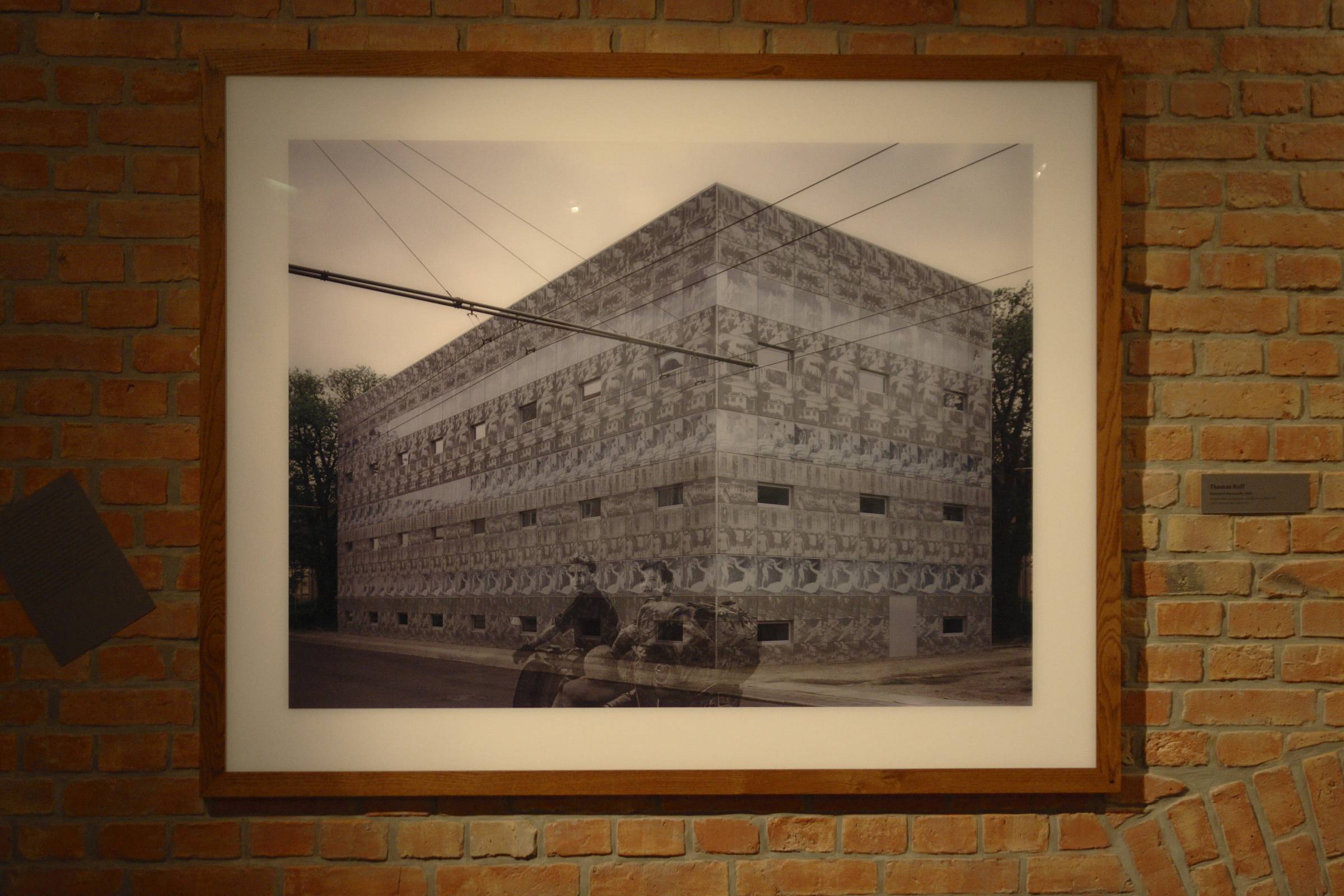
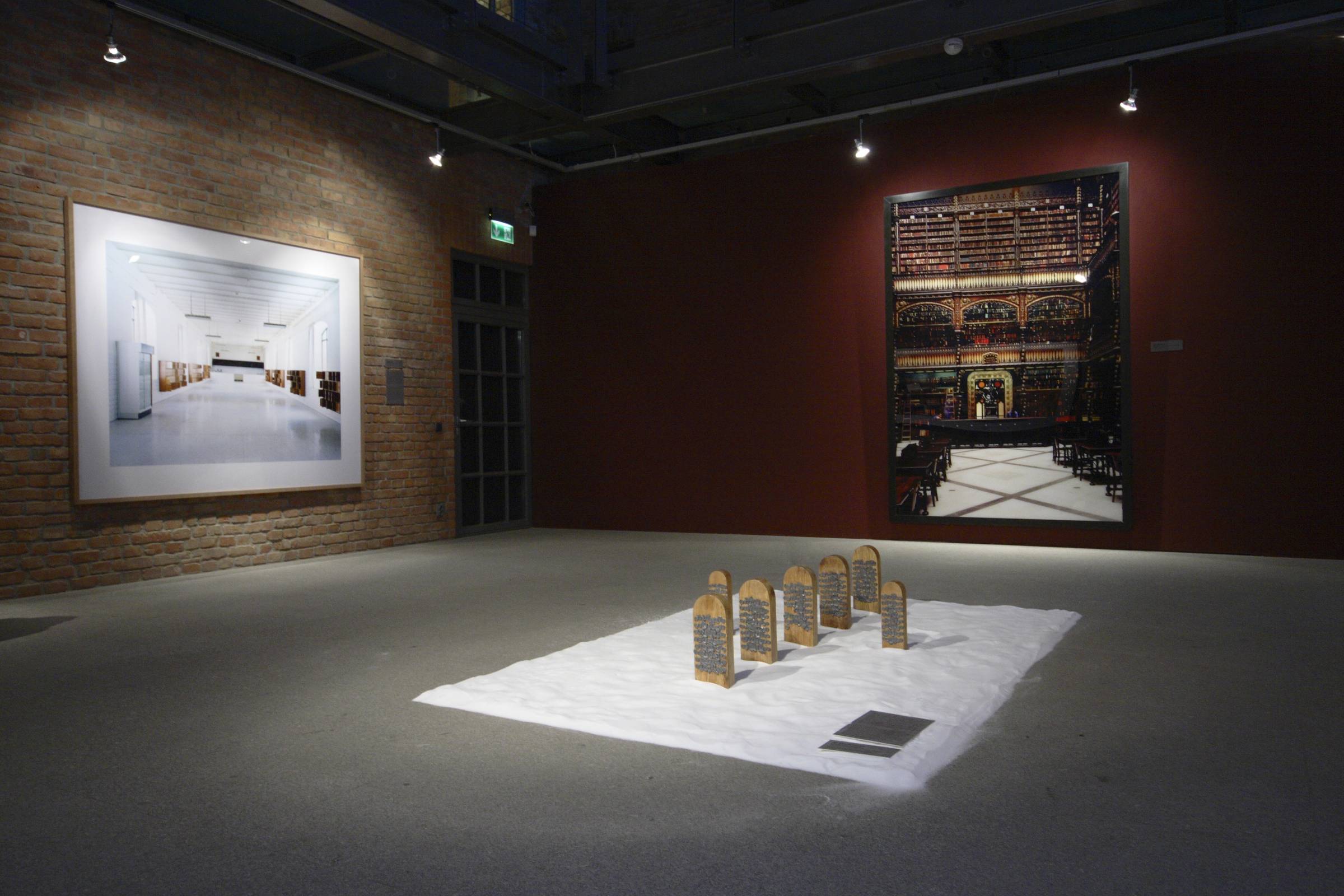
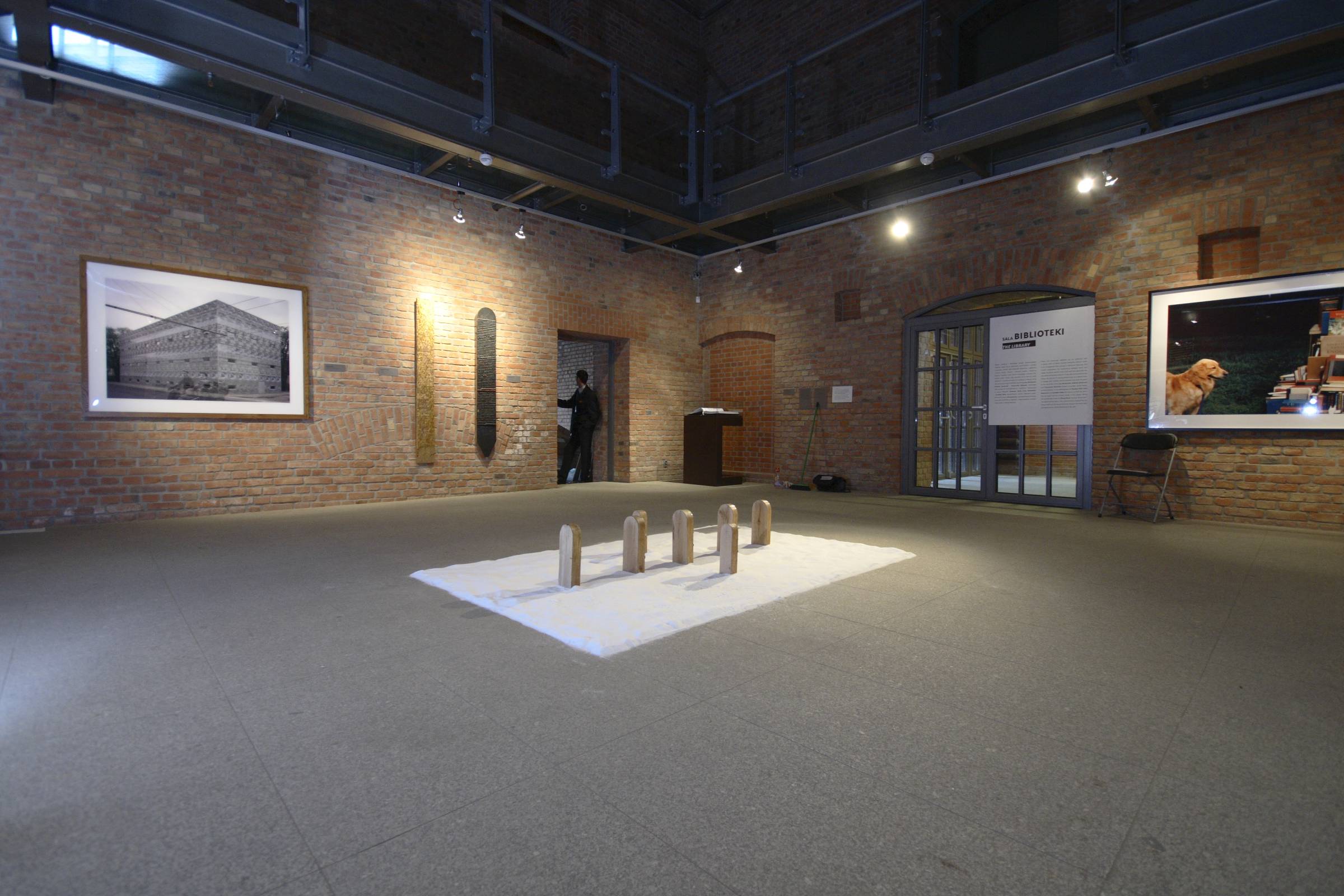
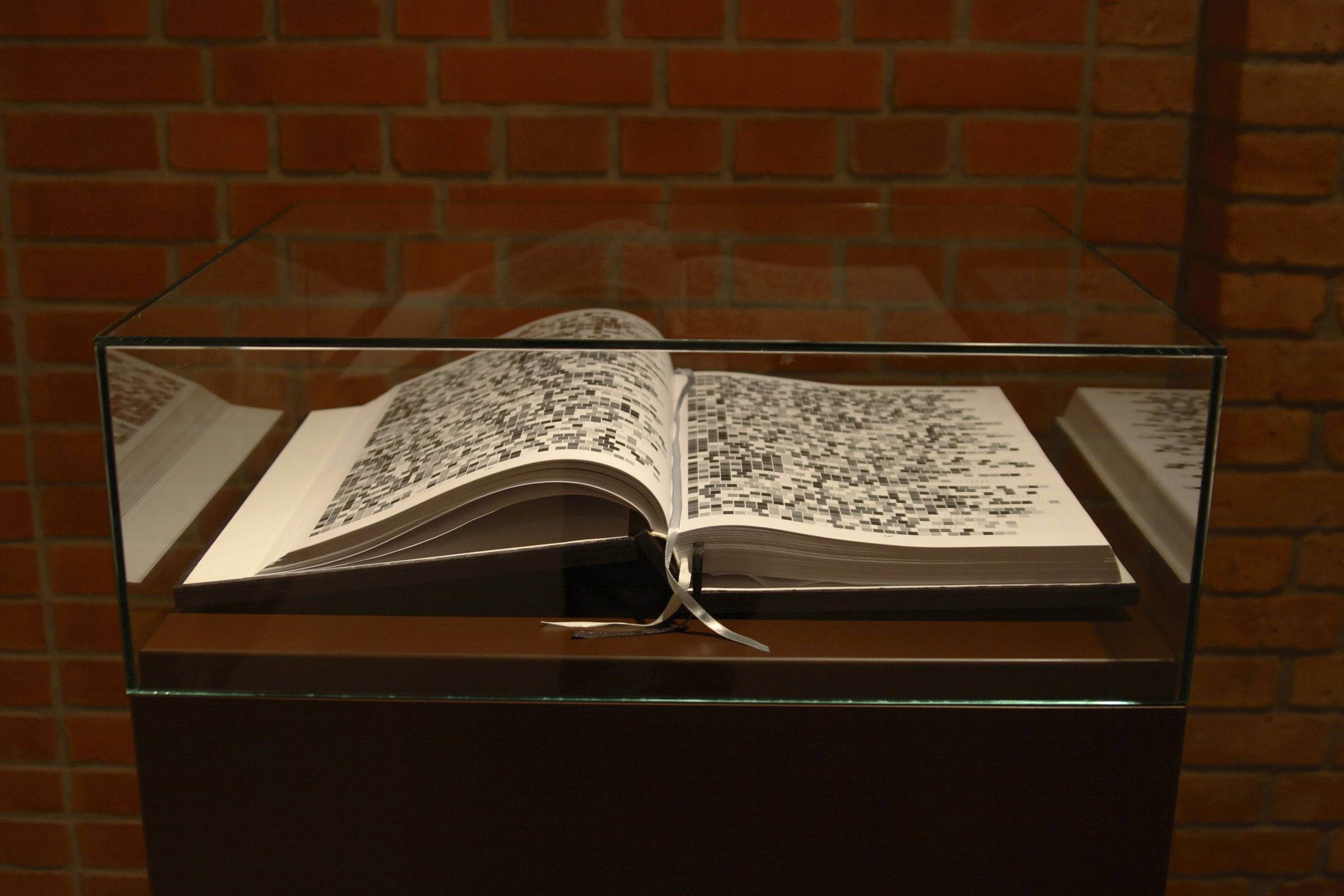

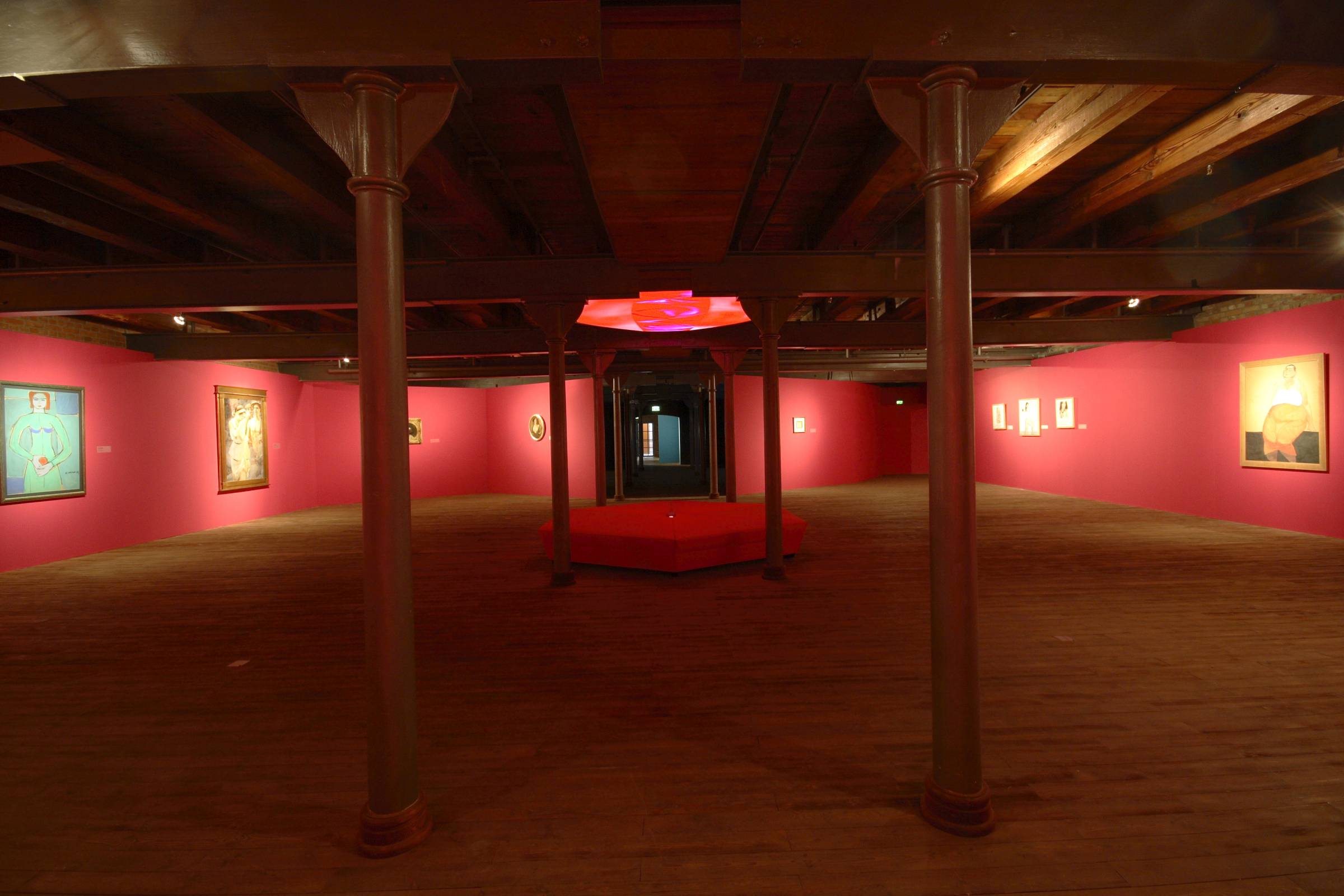
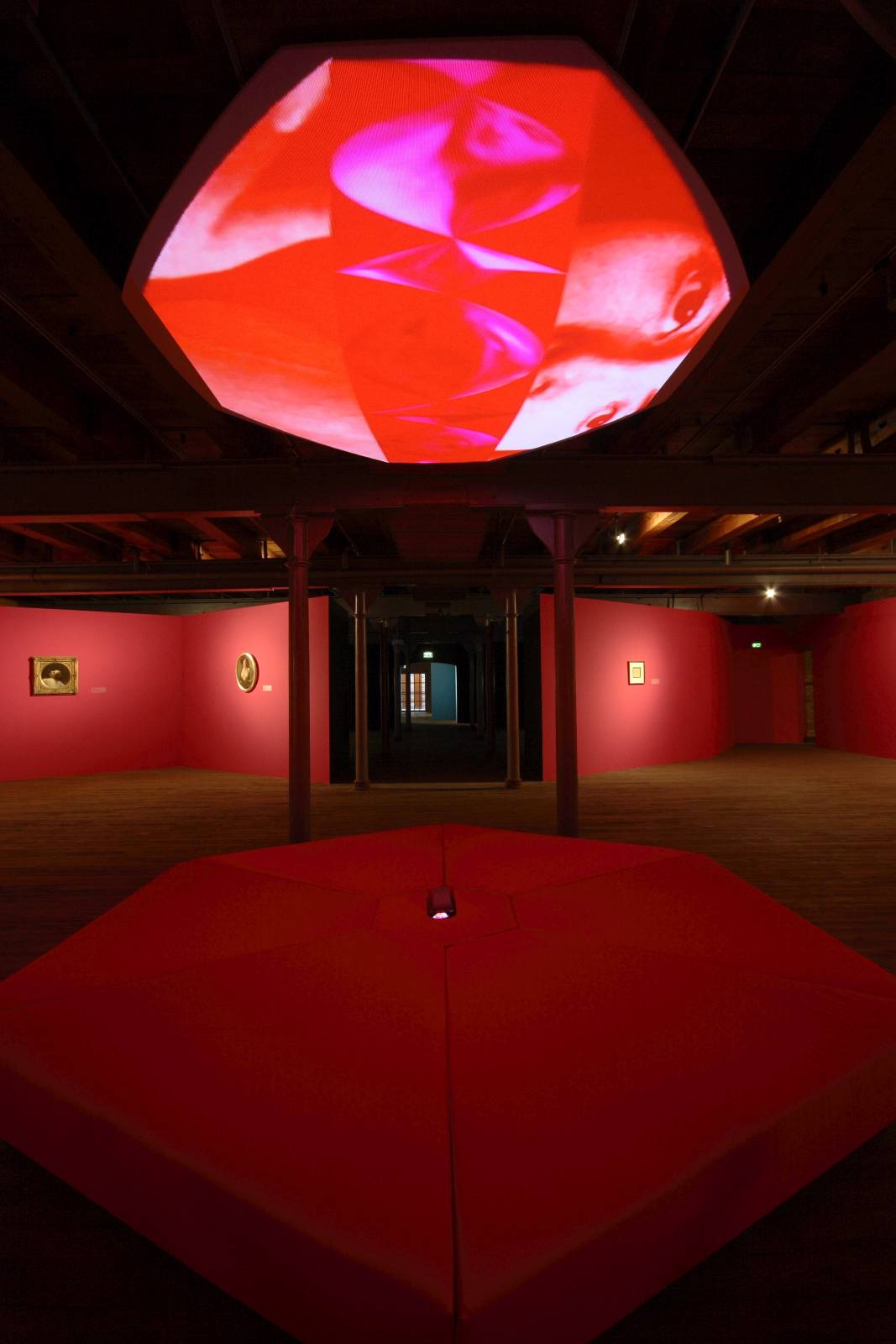
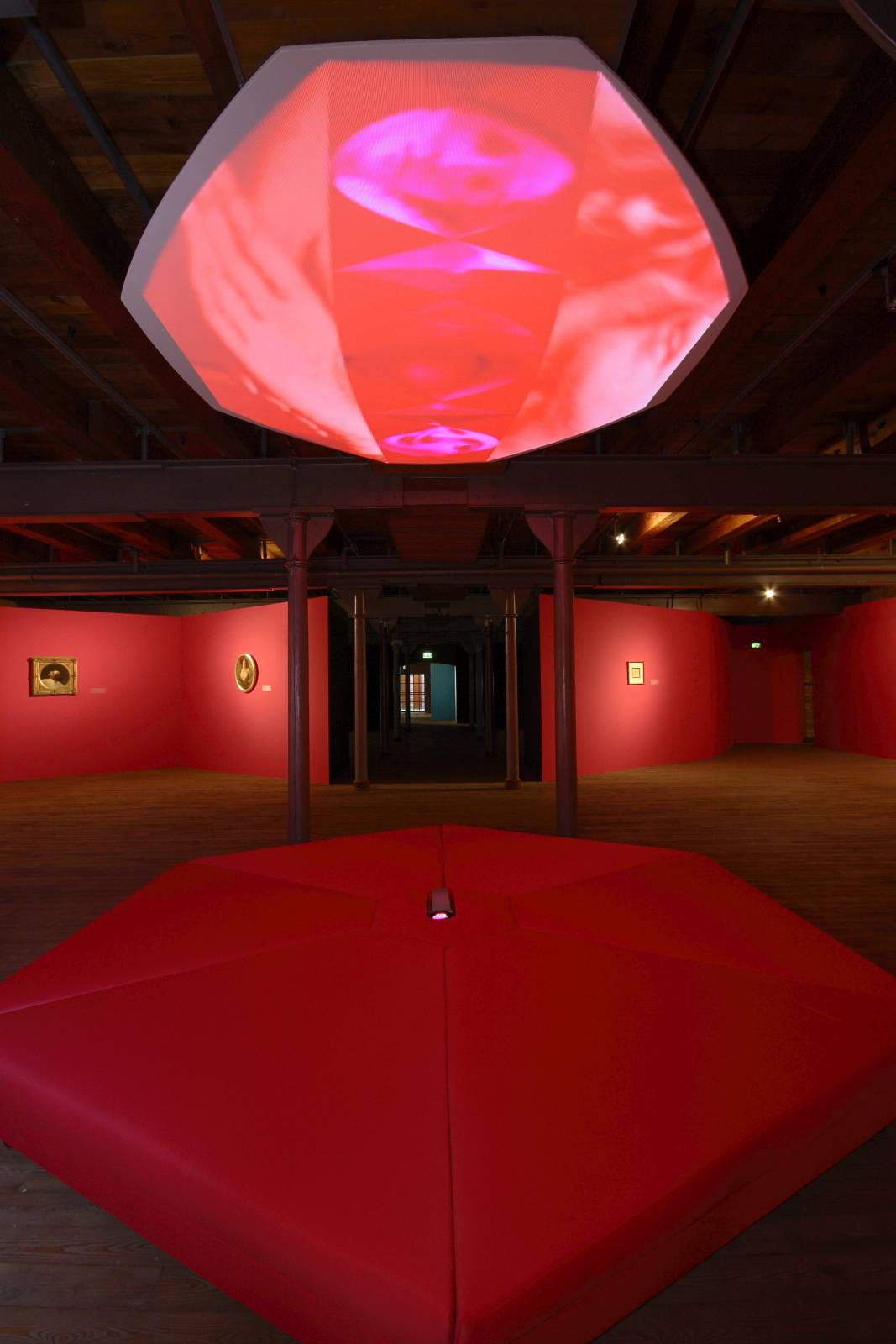
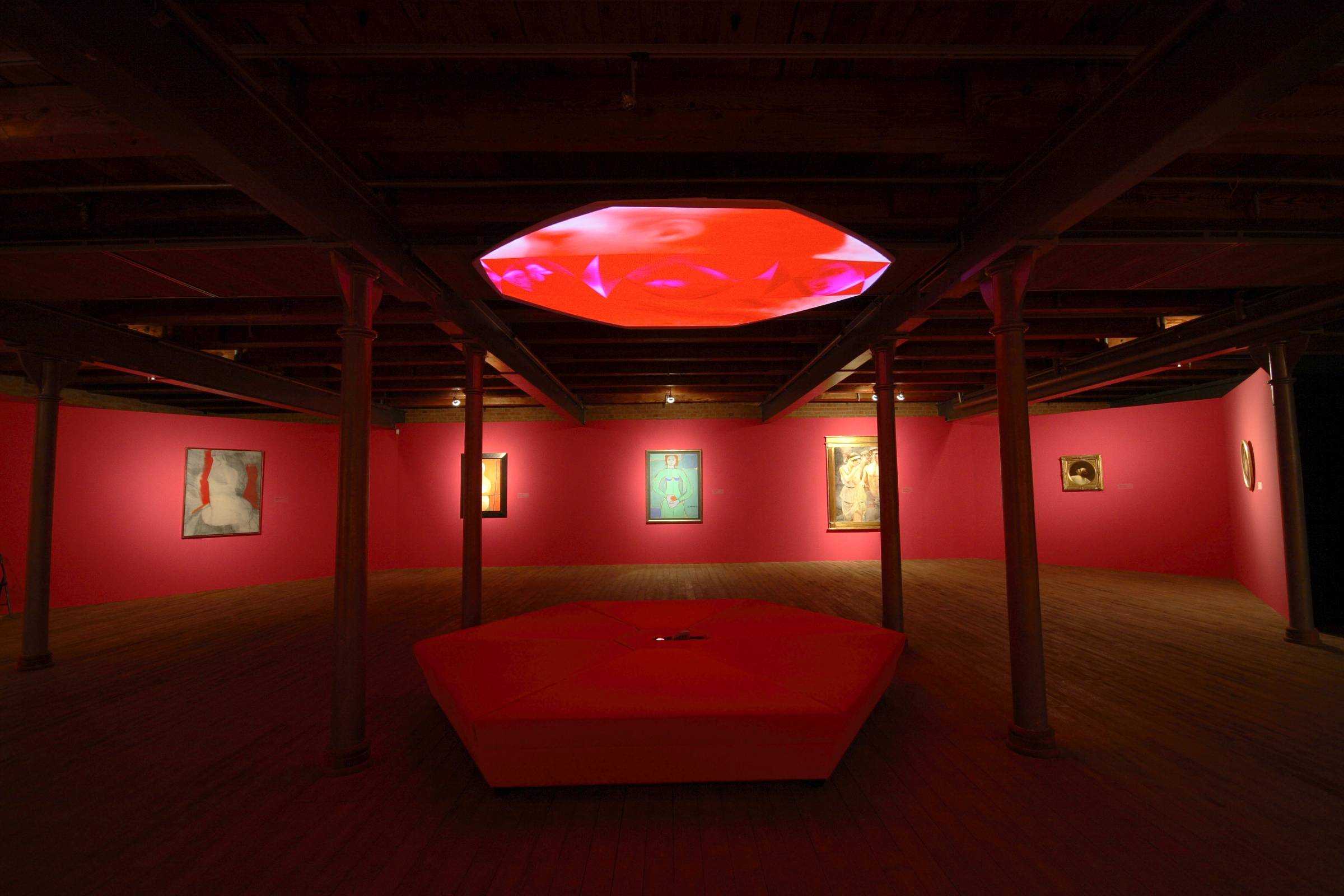
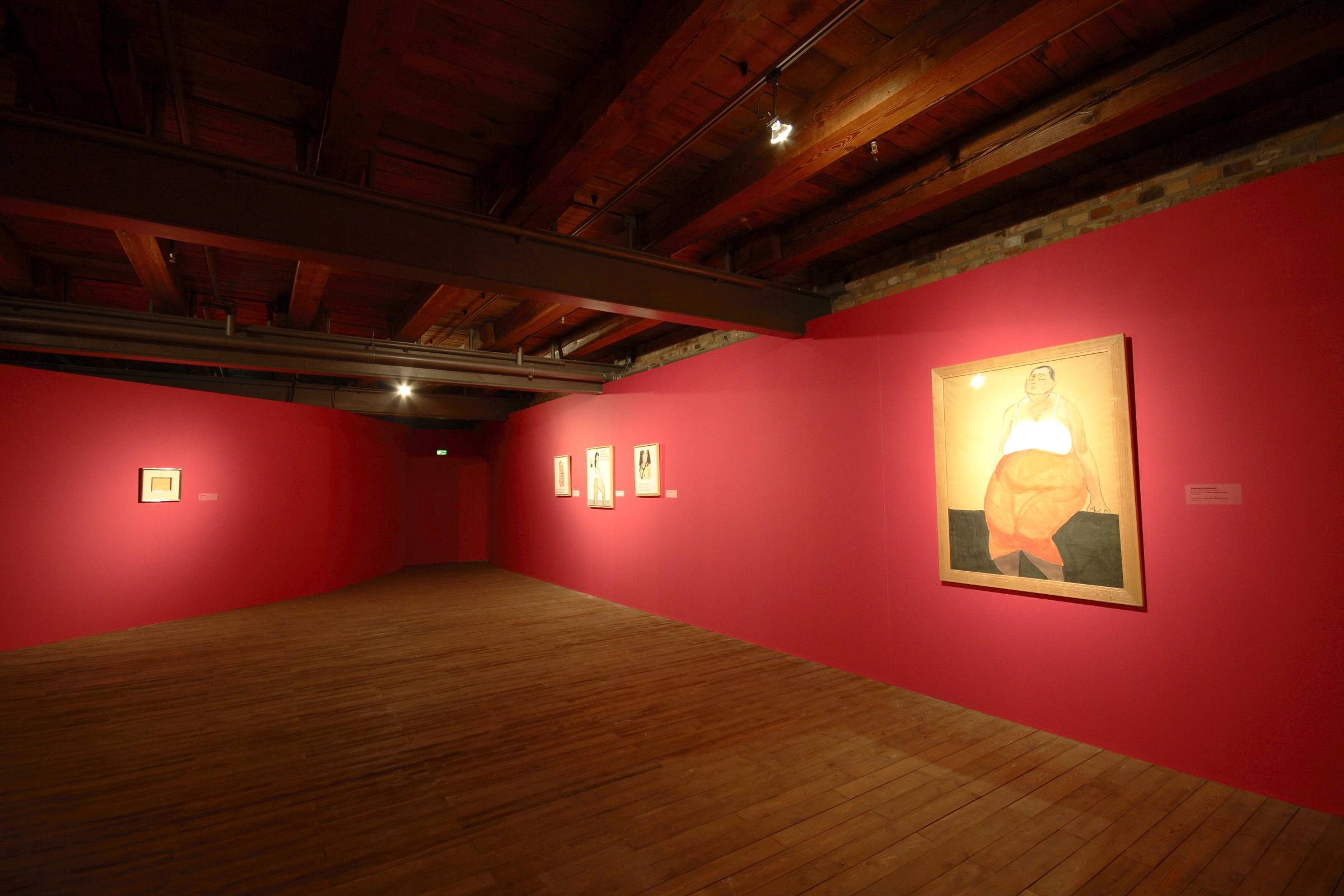
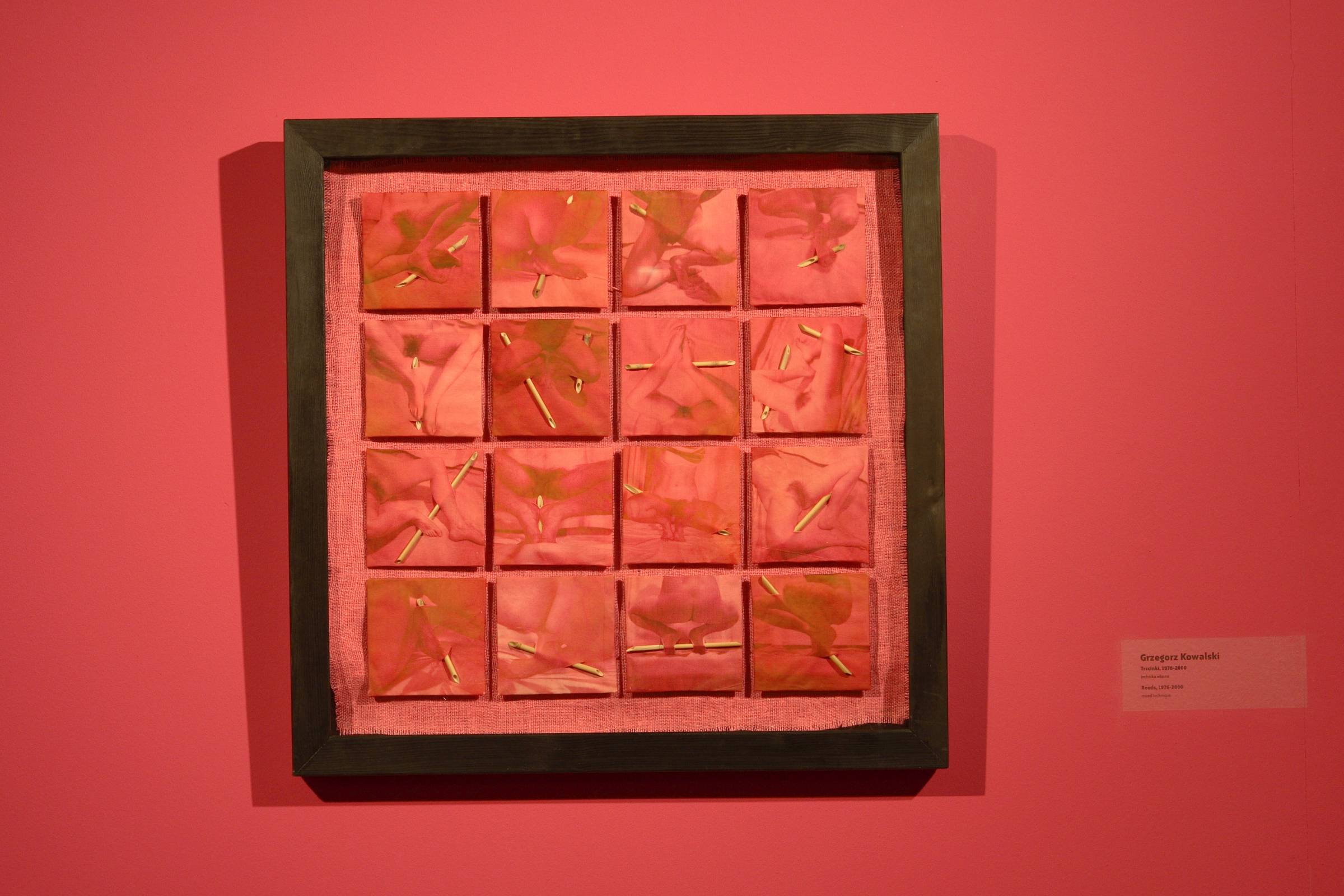



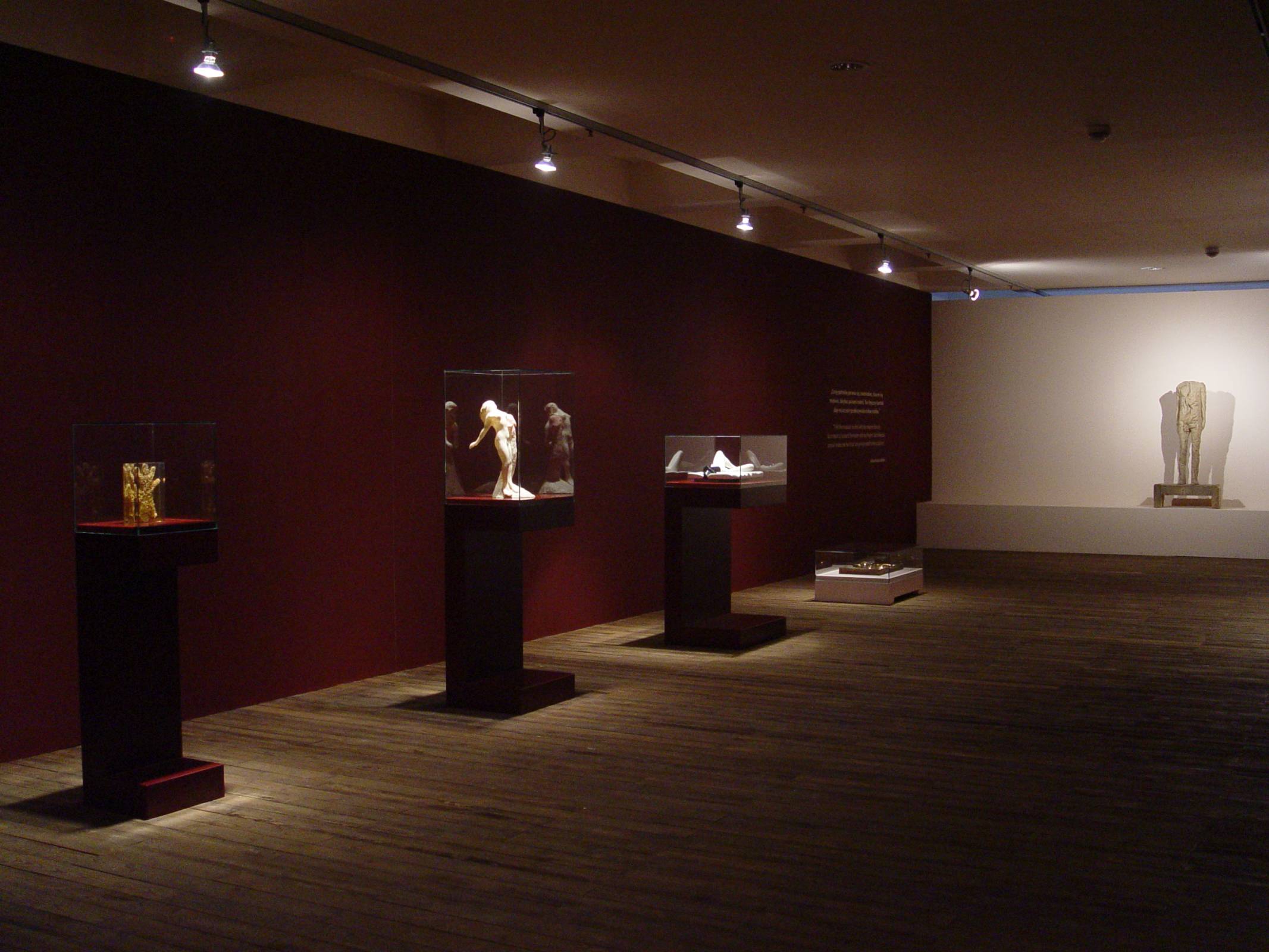
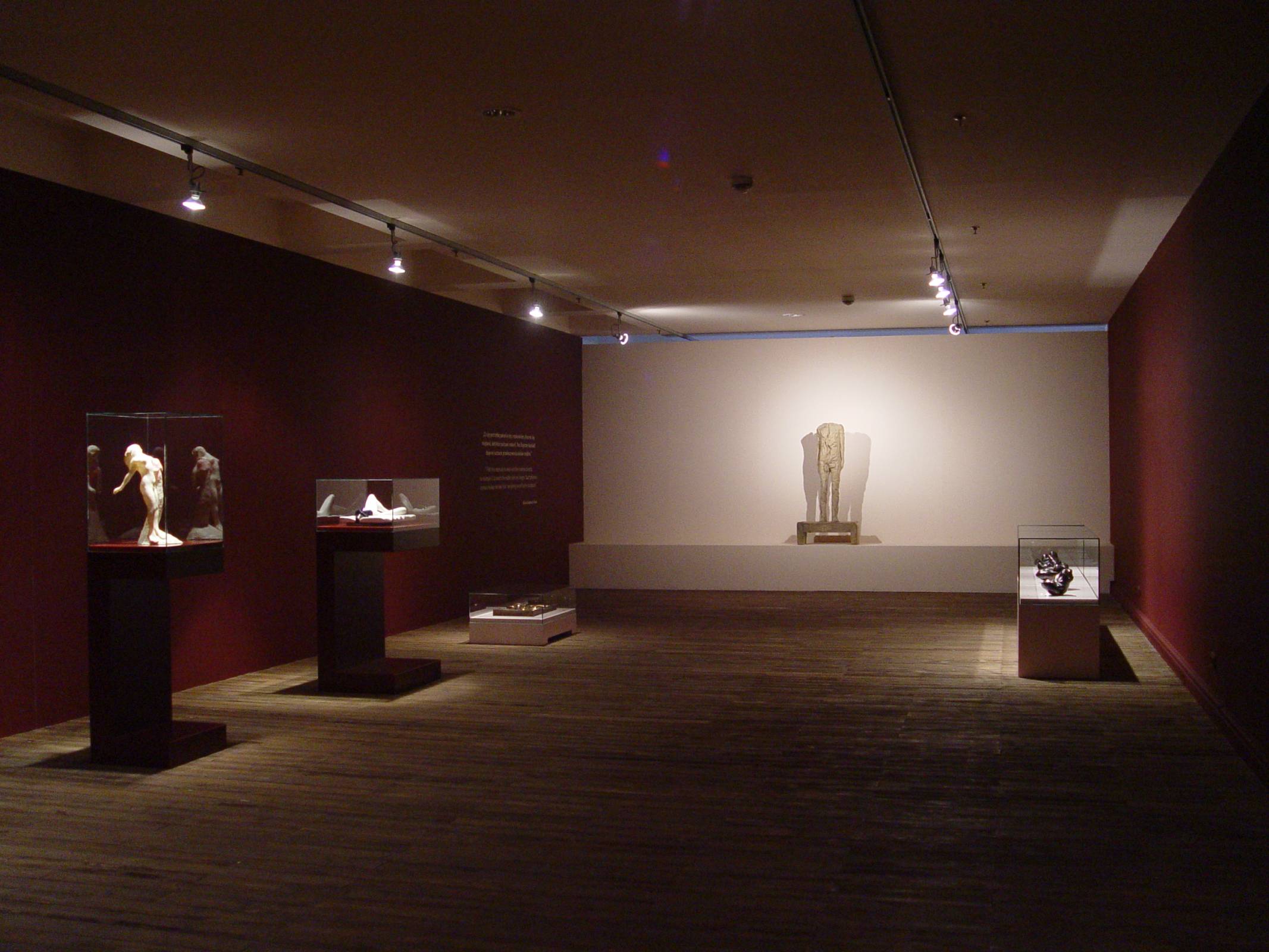
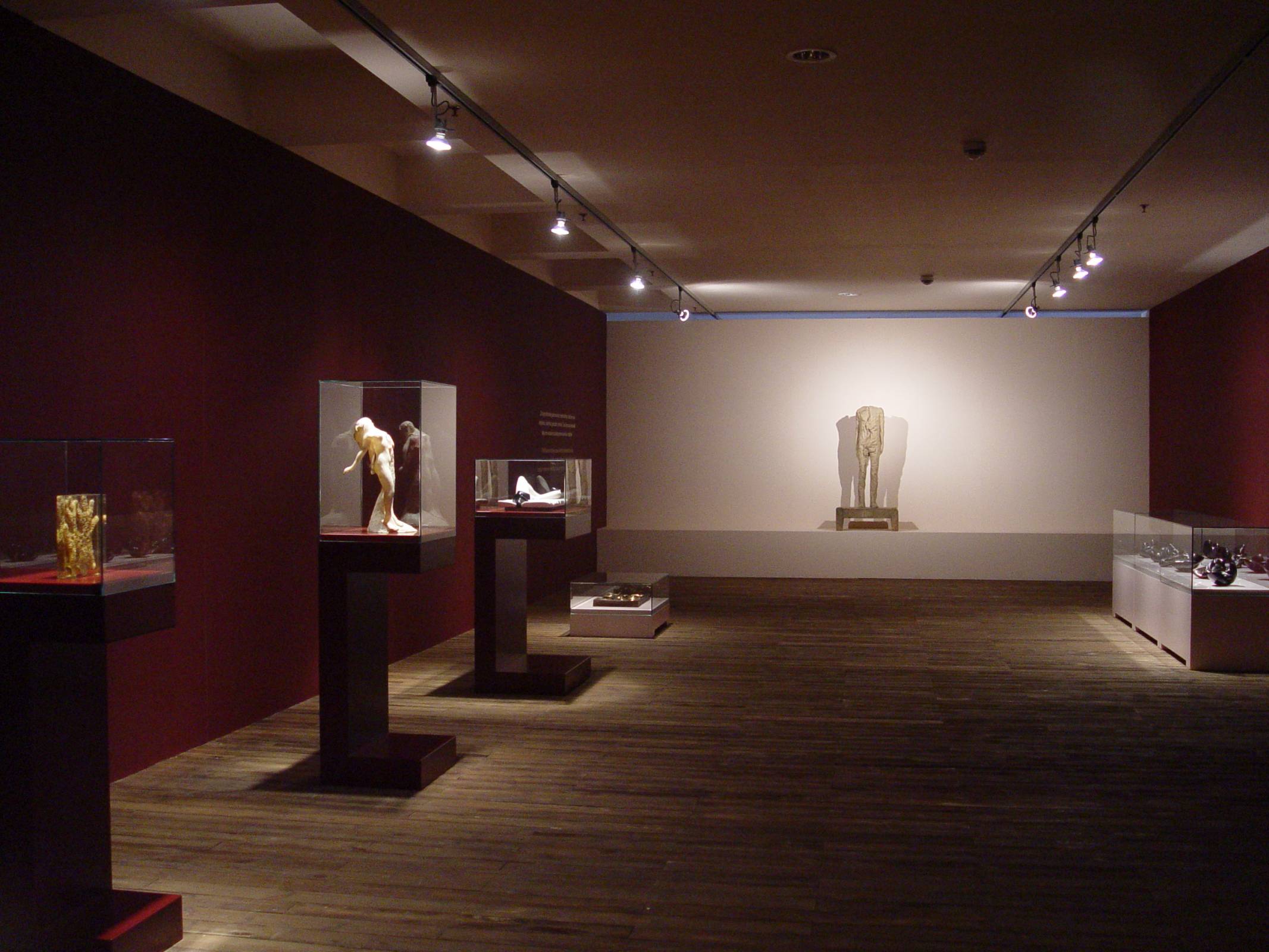
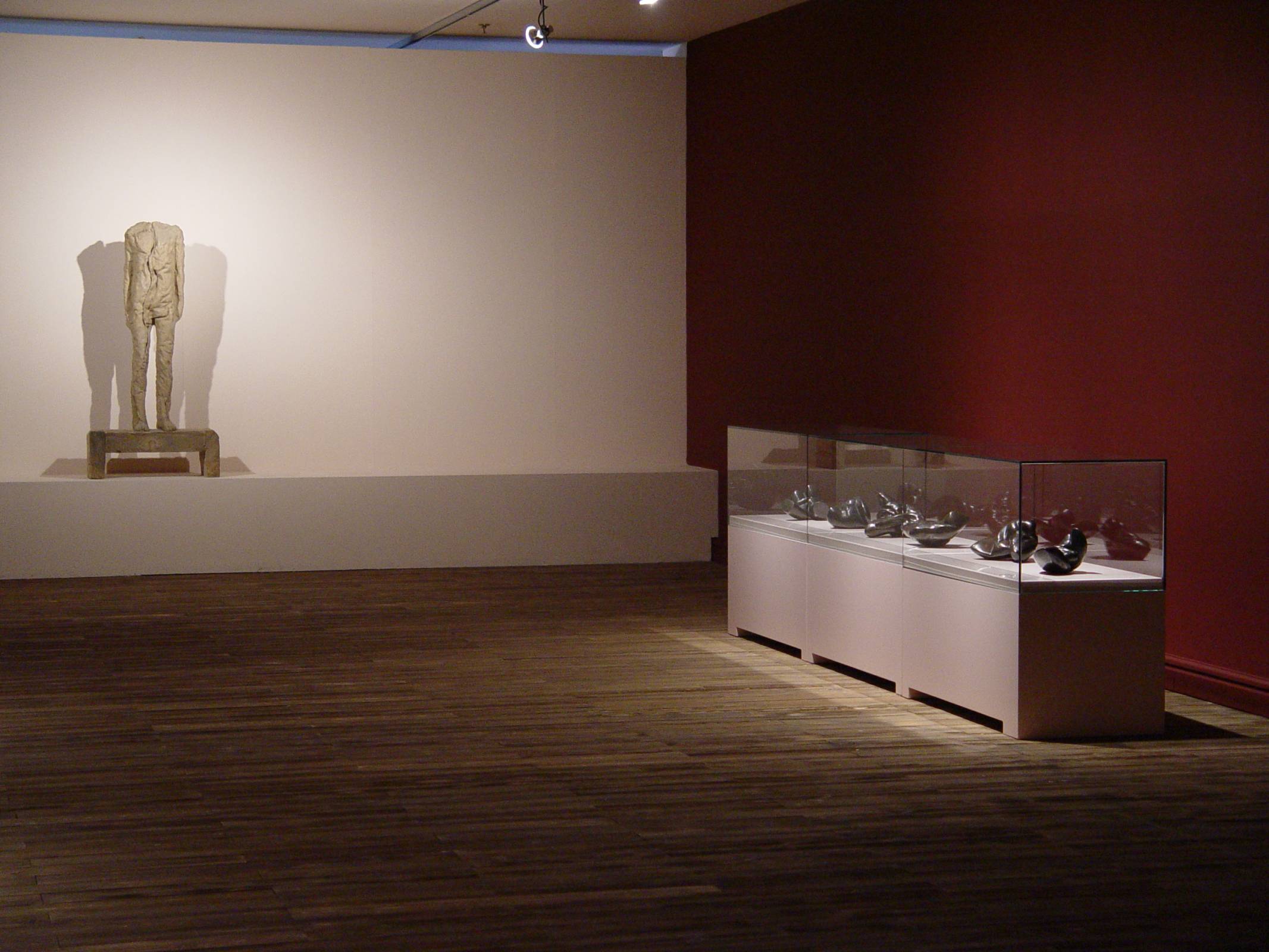
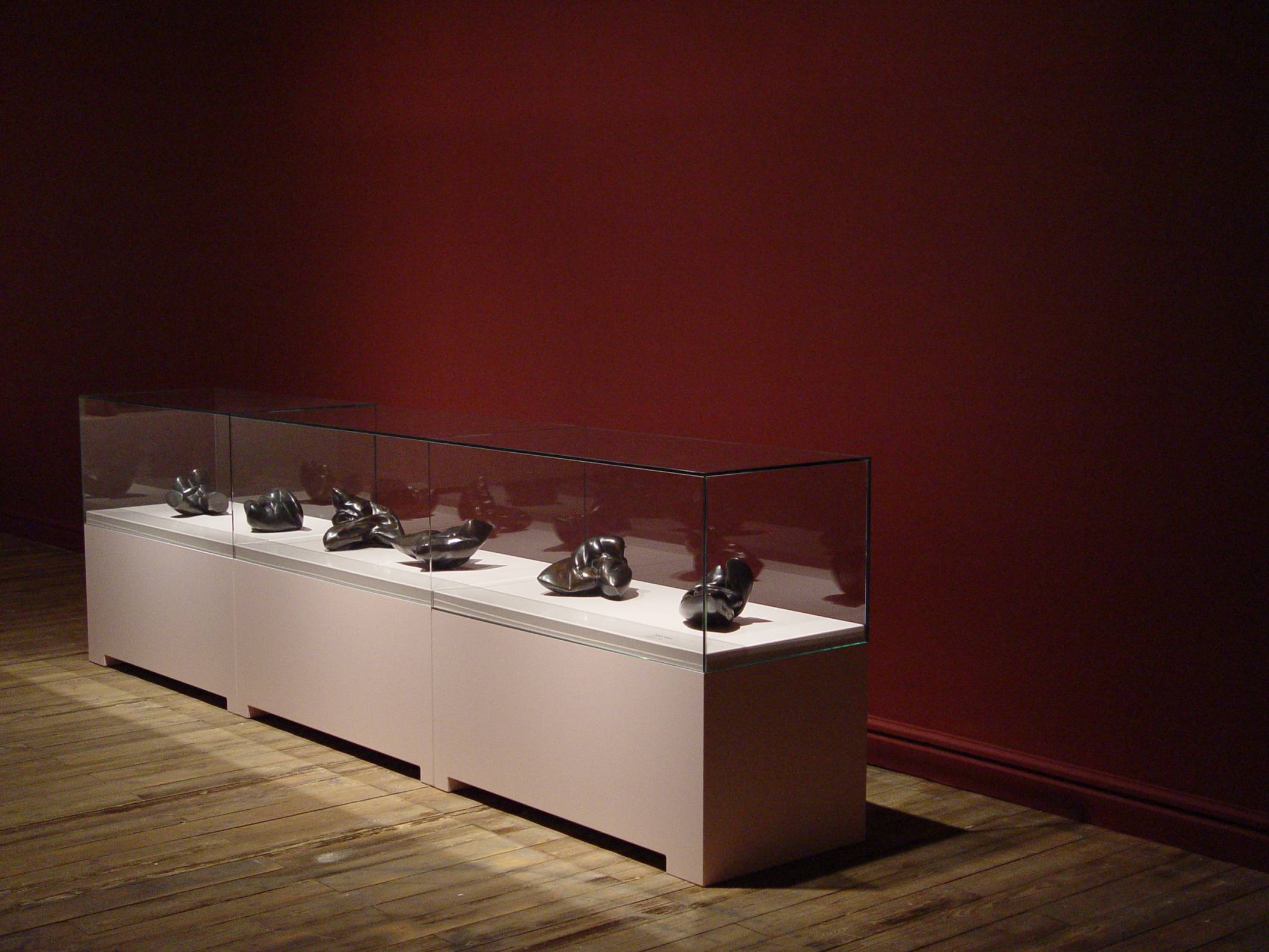
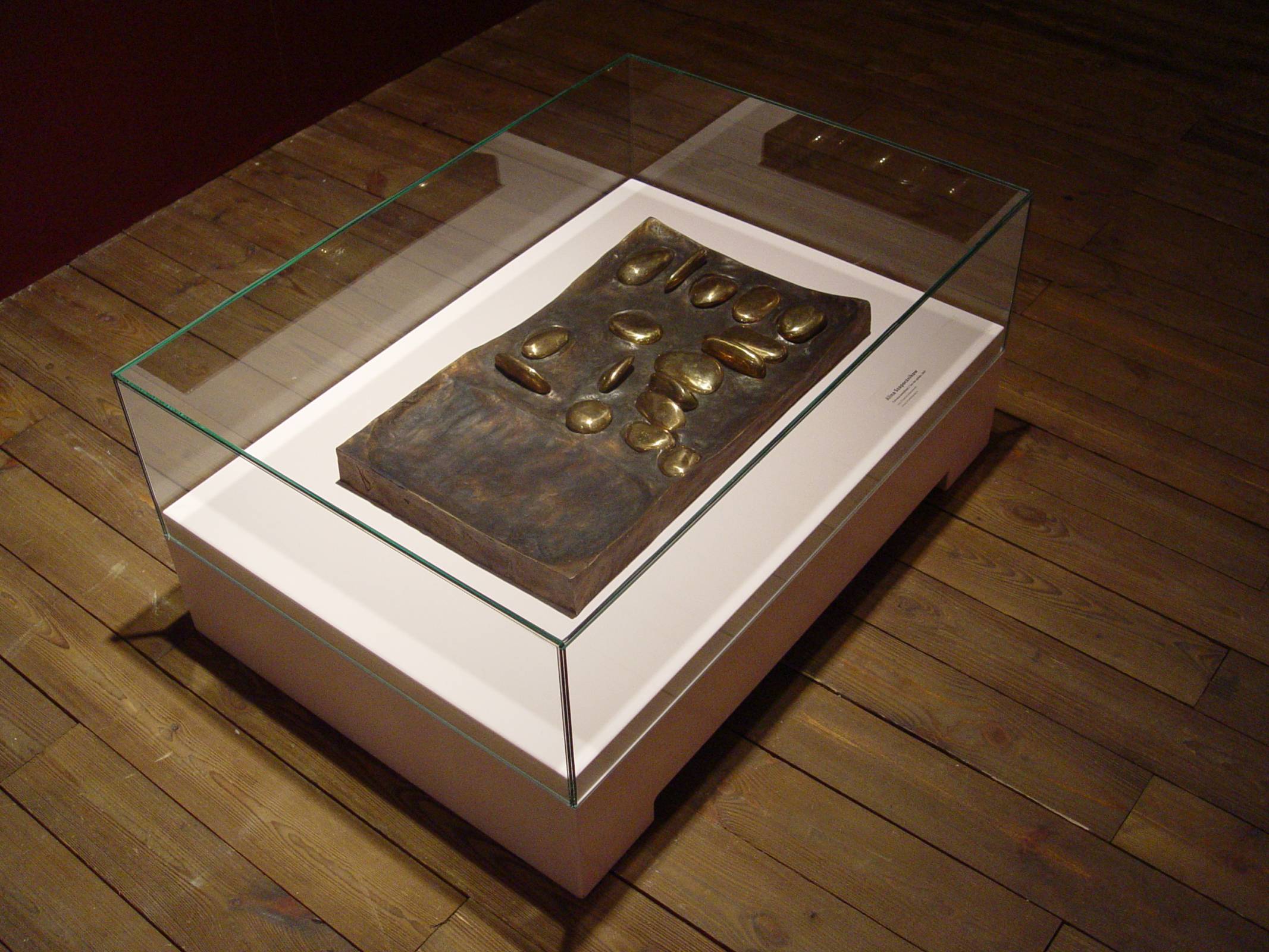

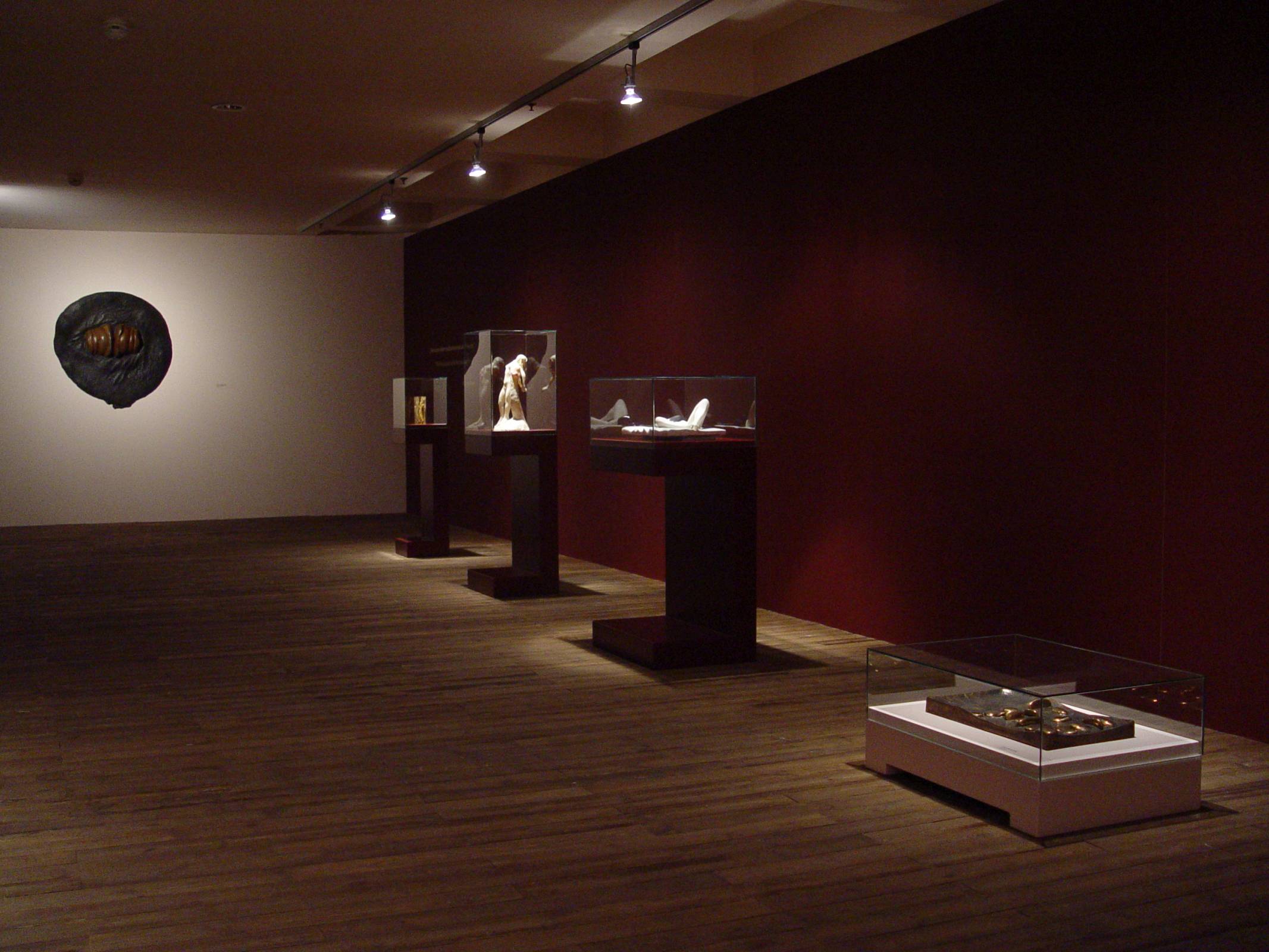

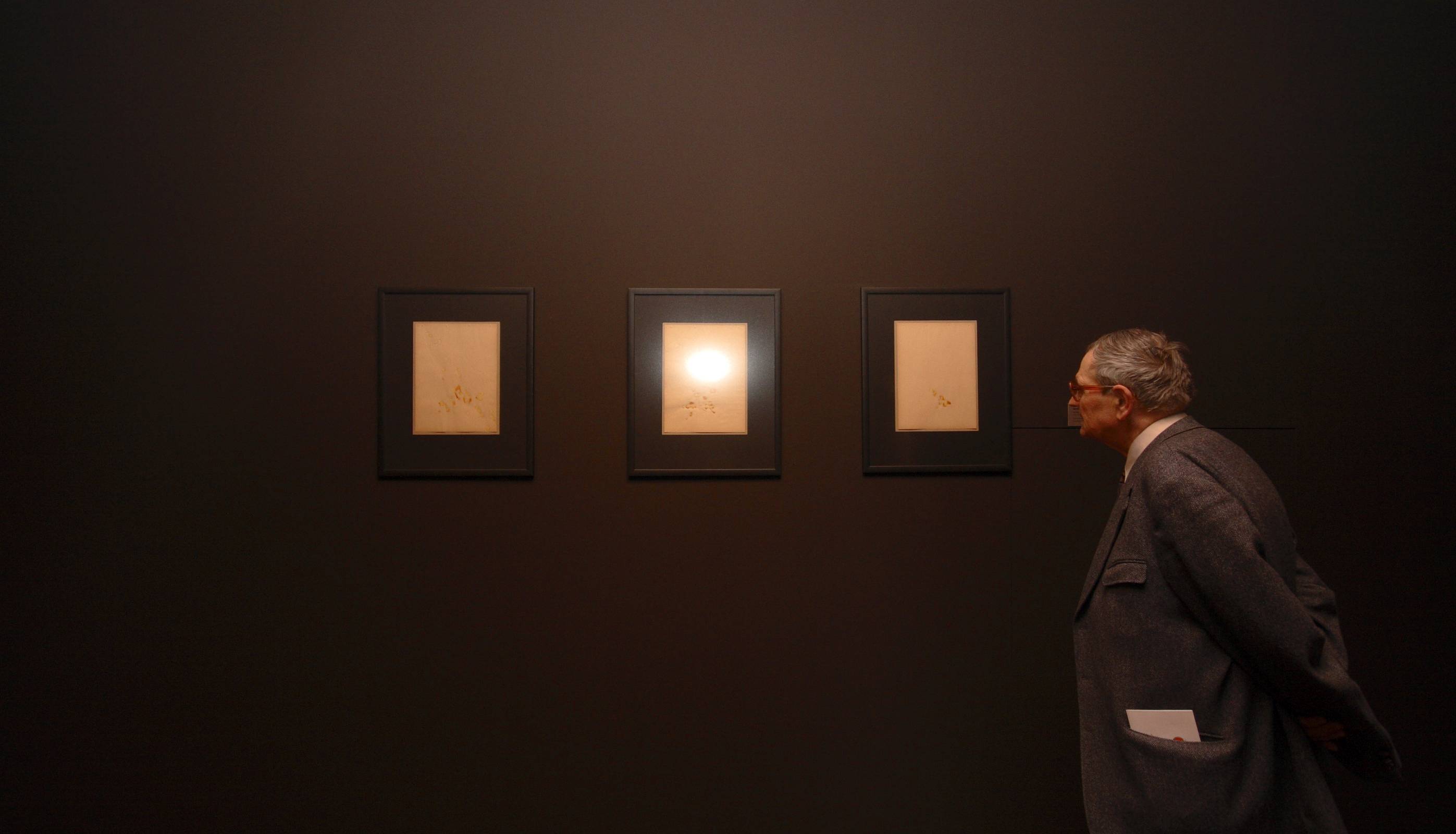
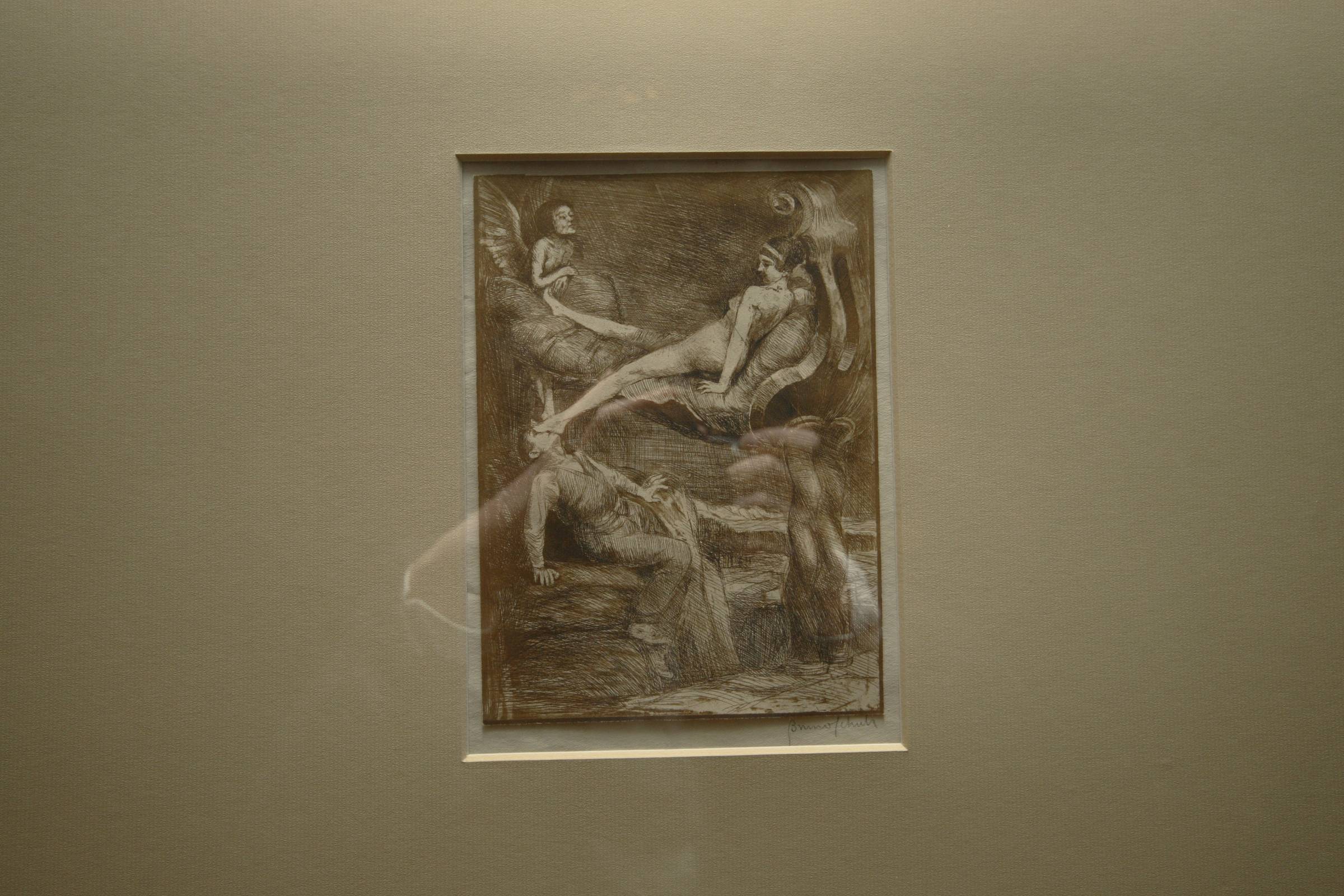
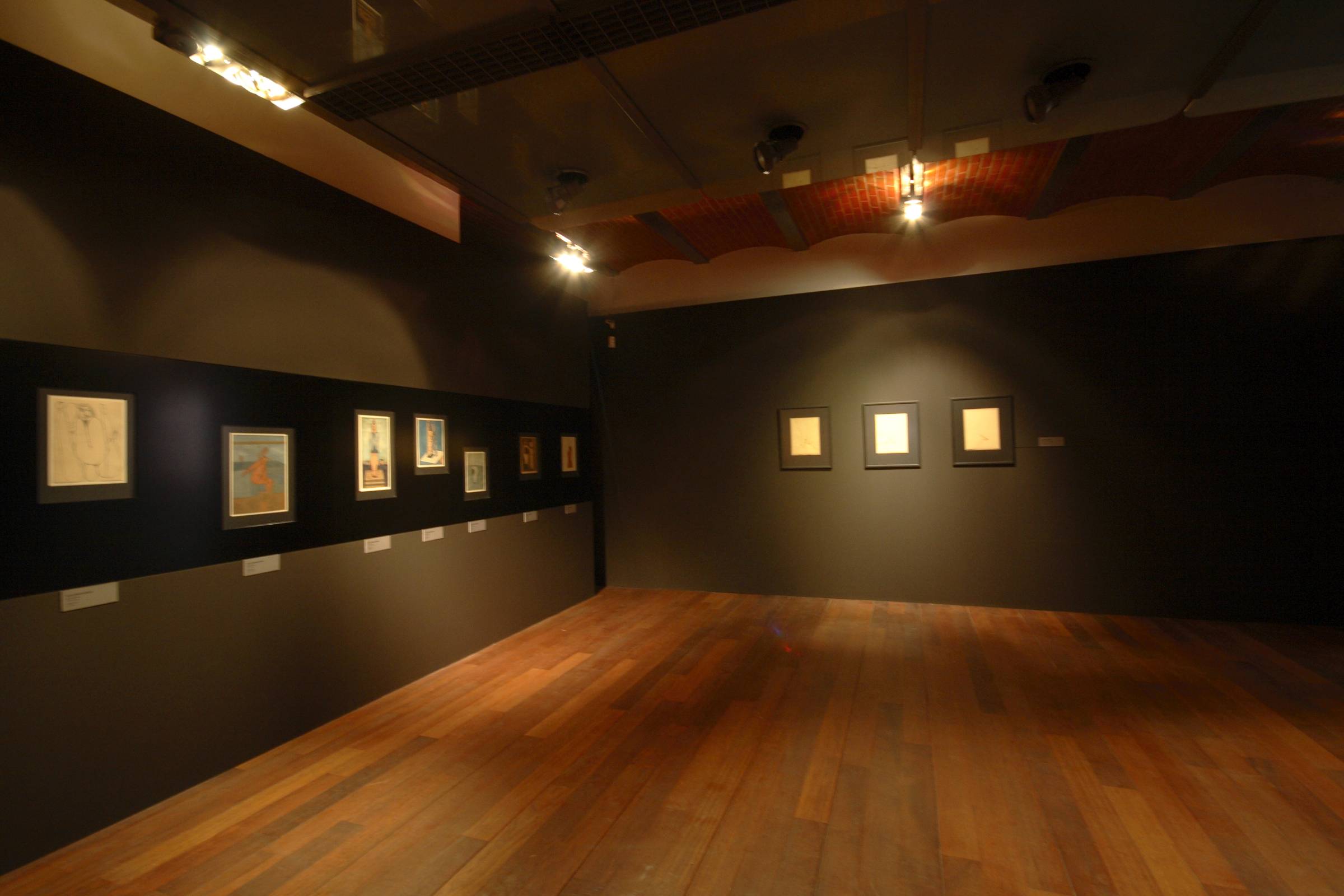
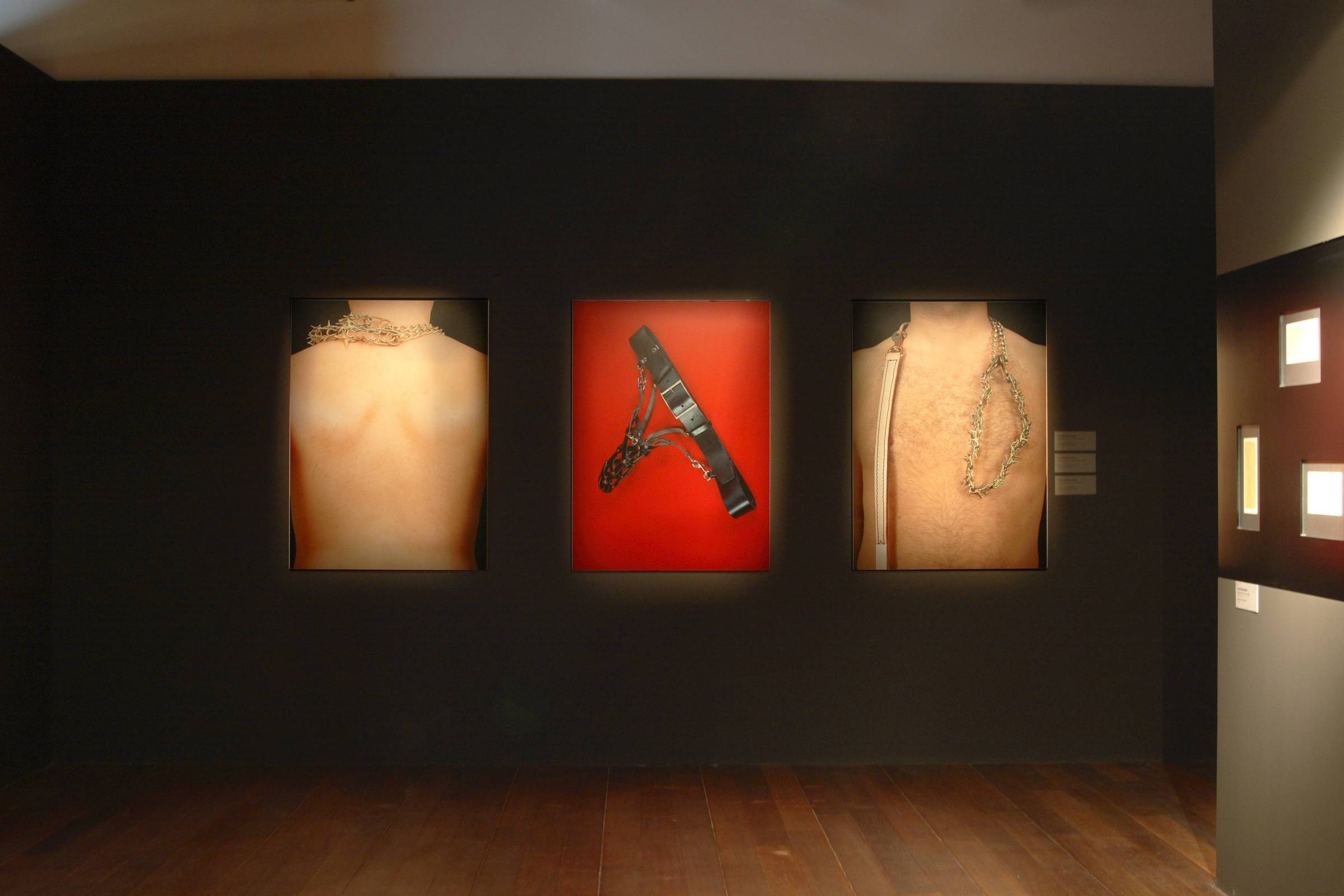
.JPG)
